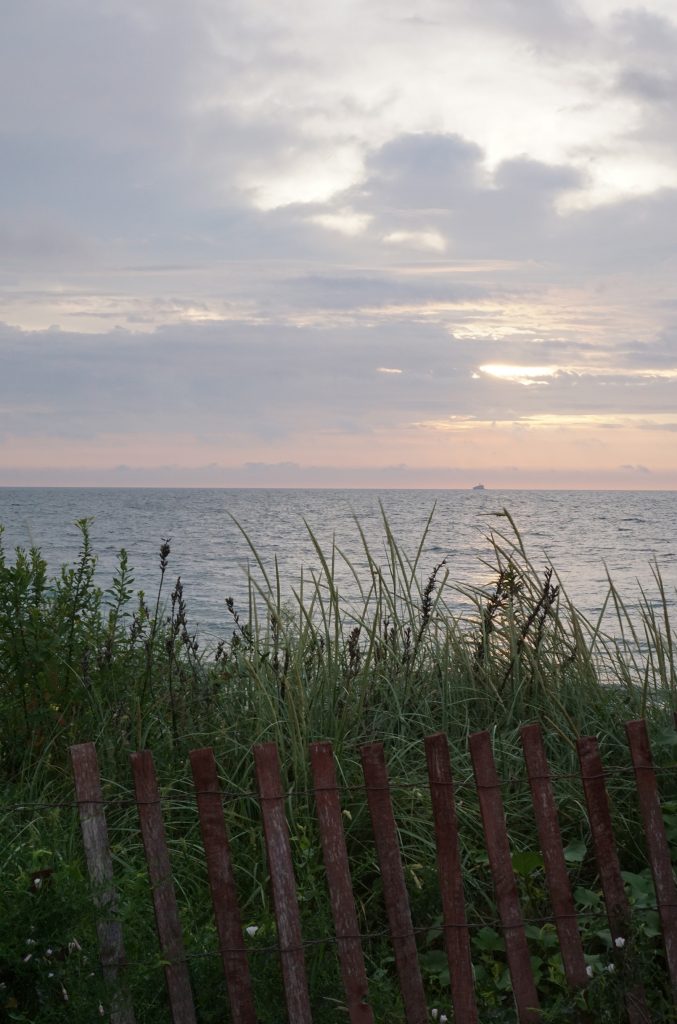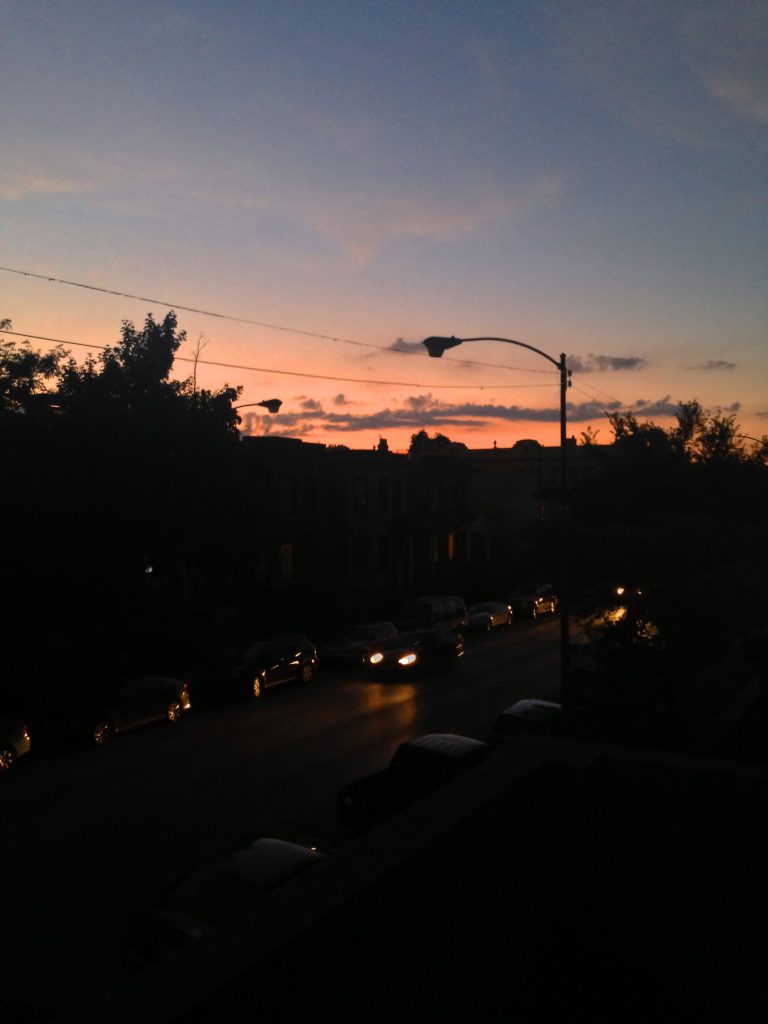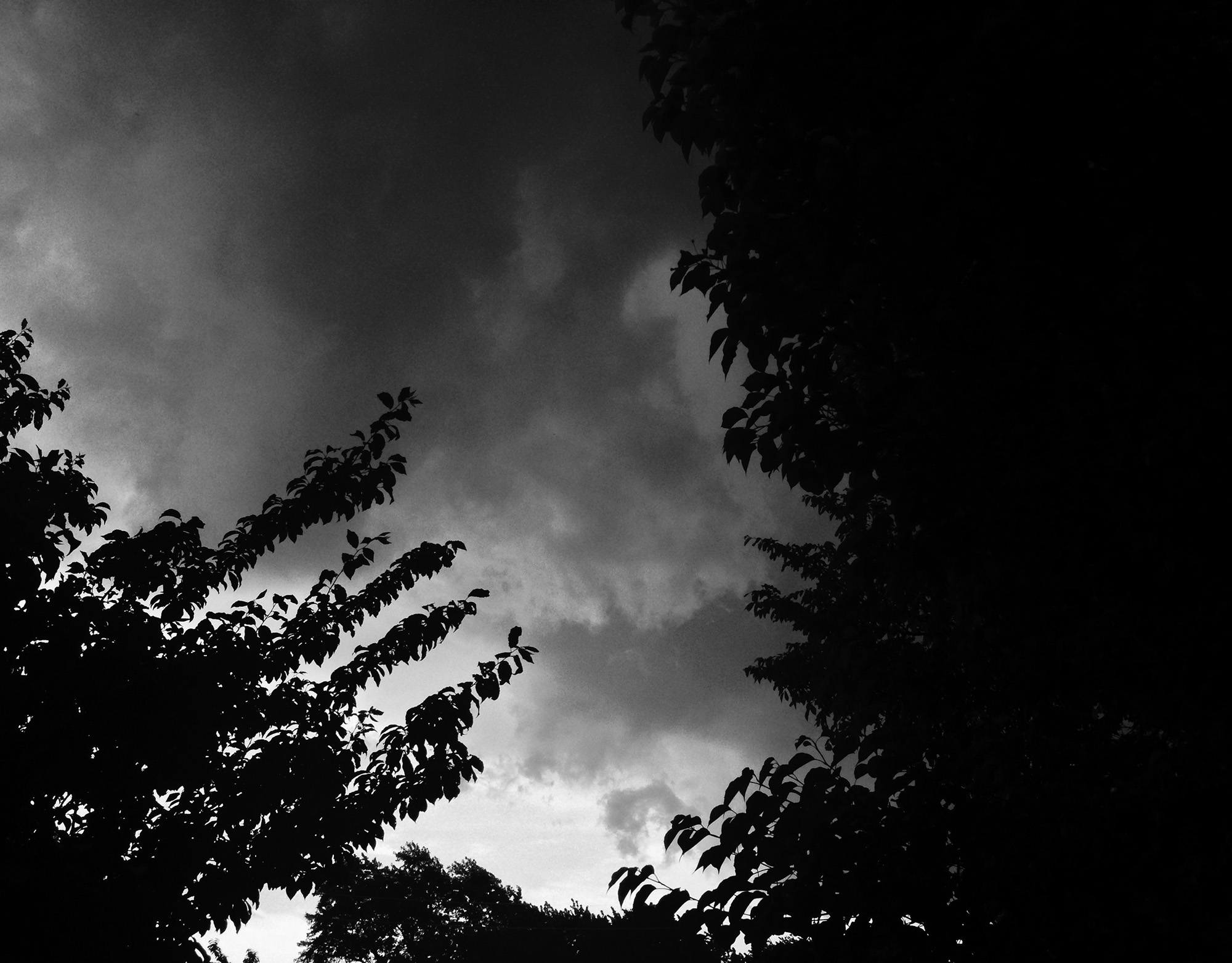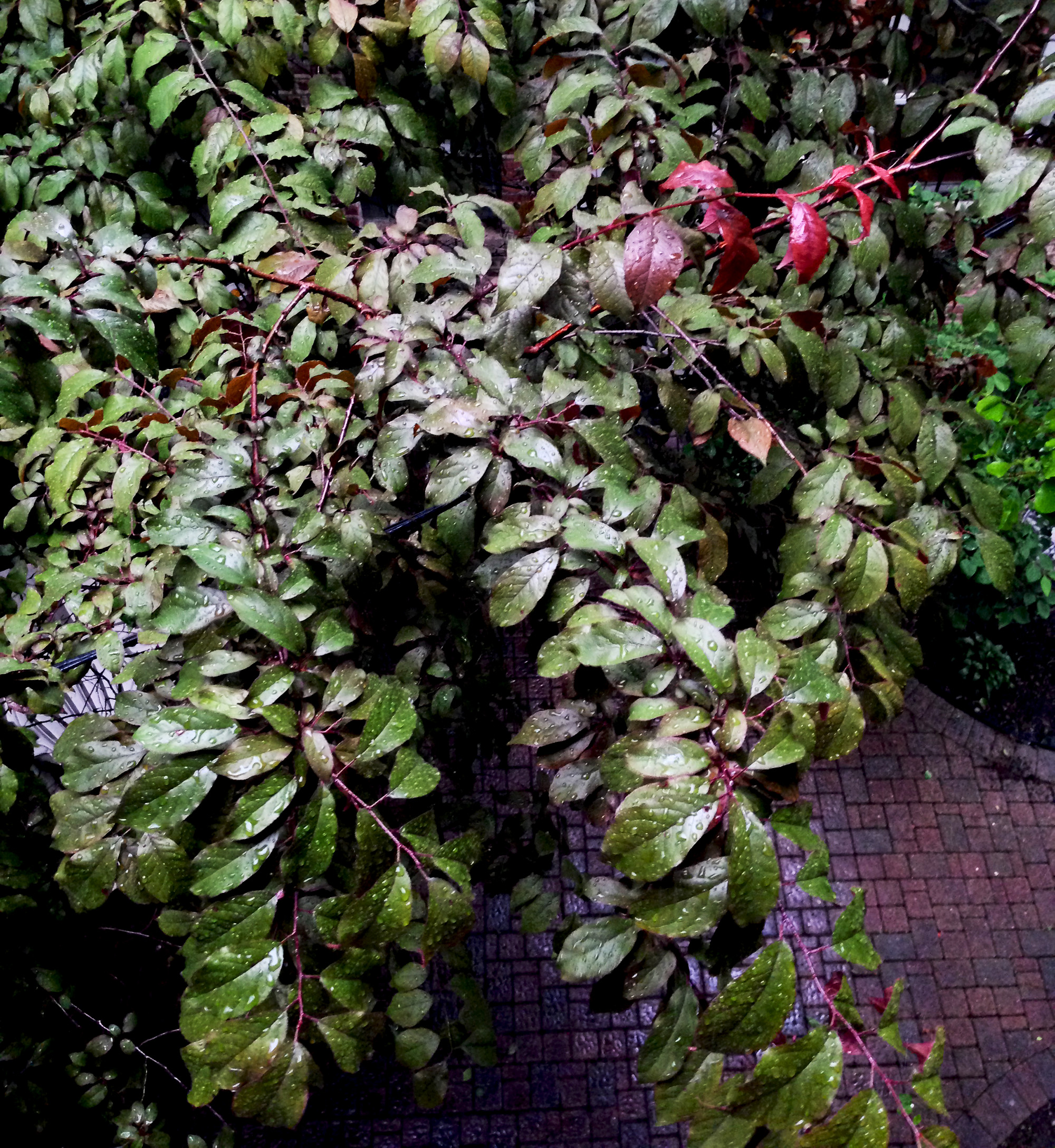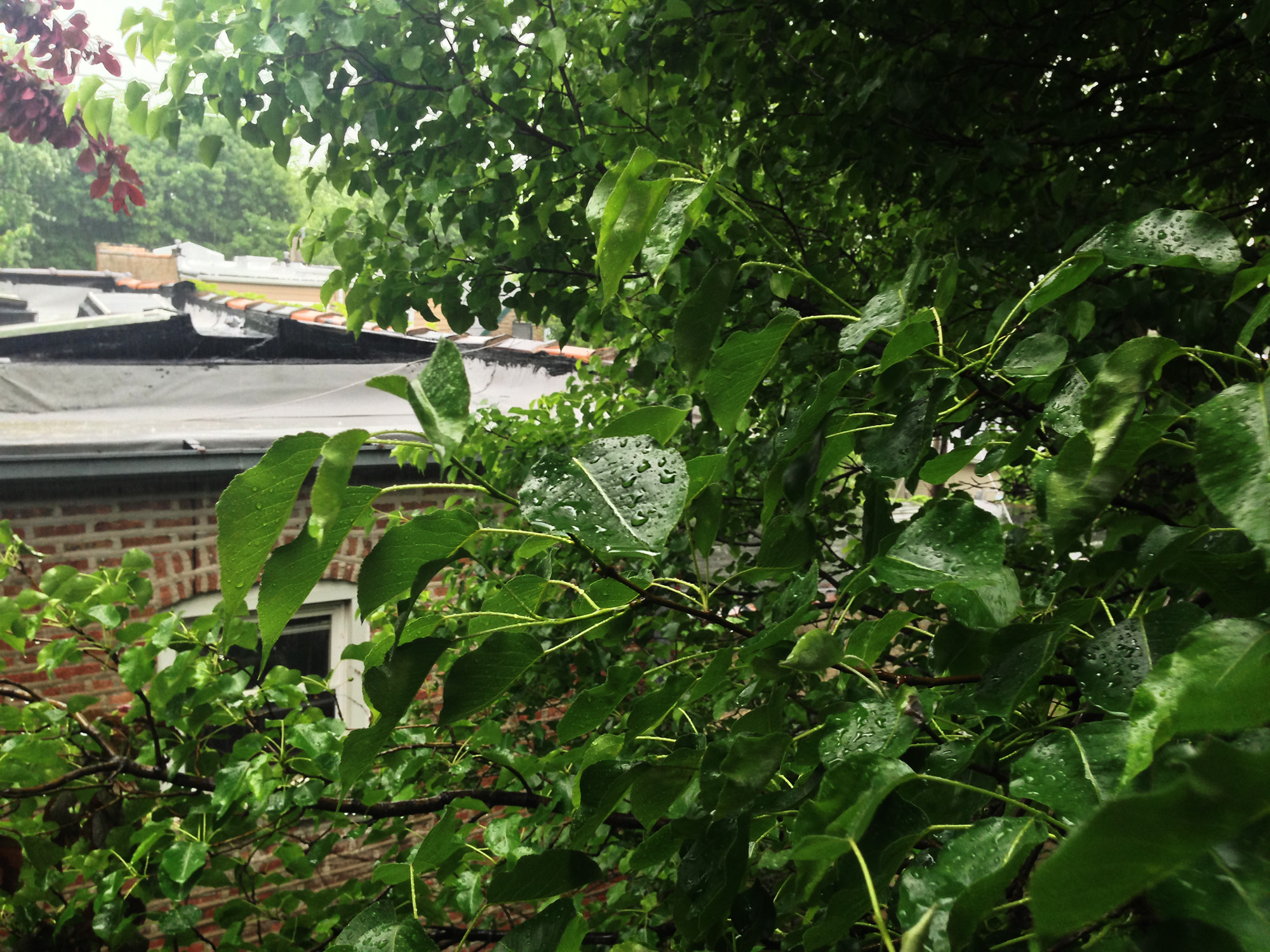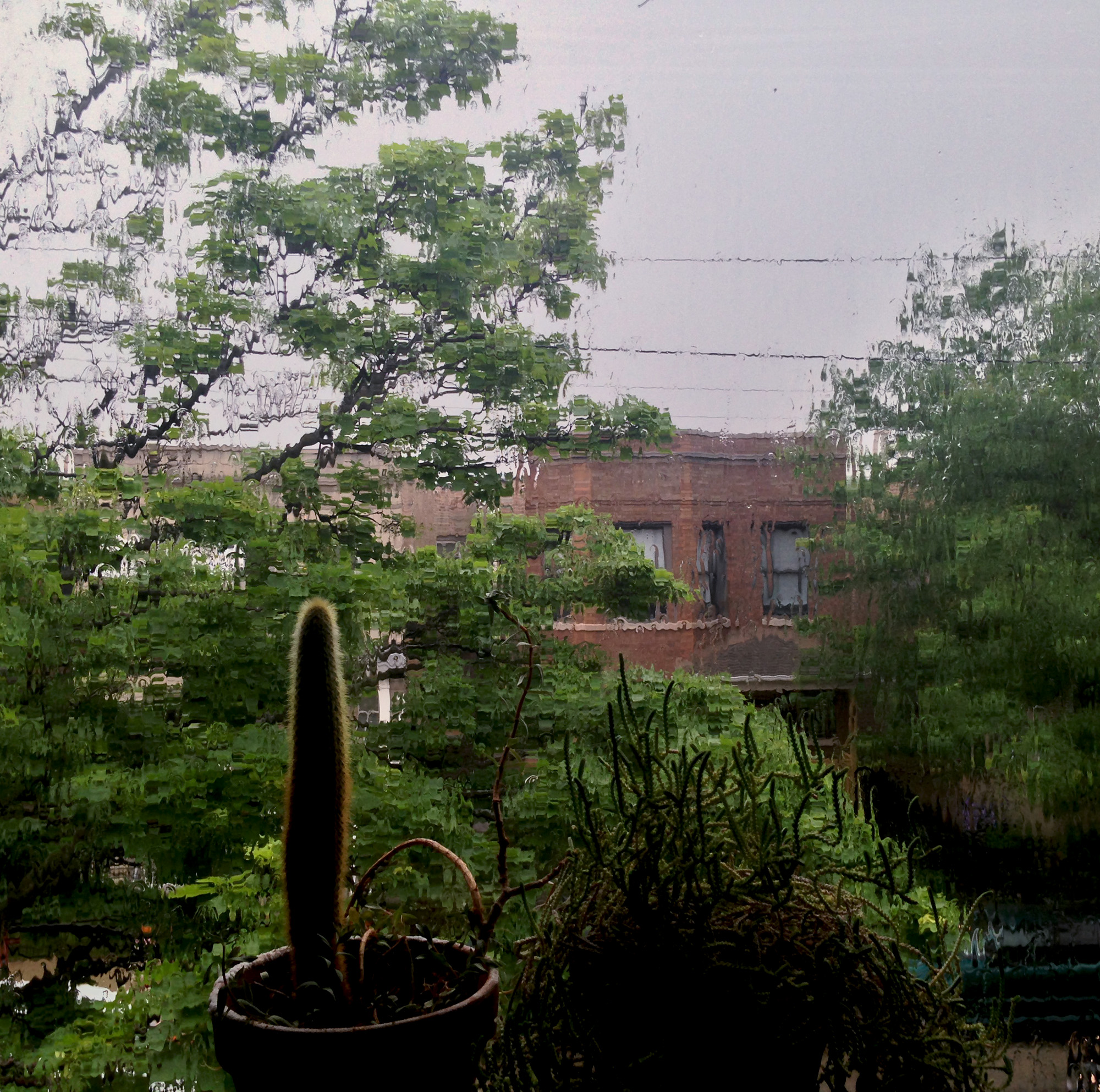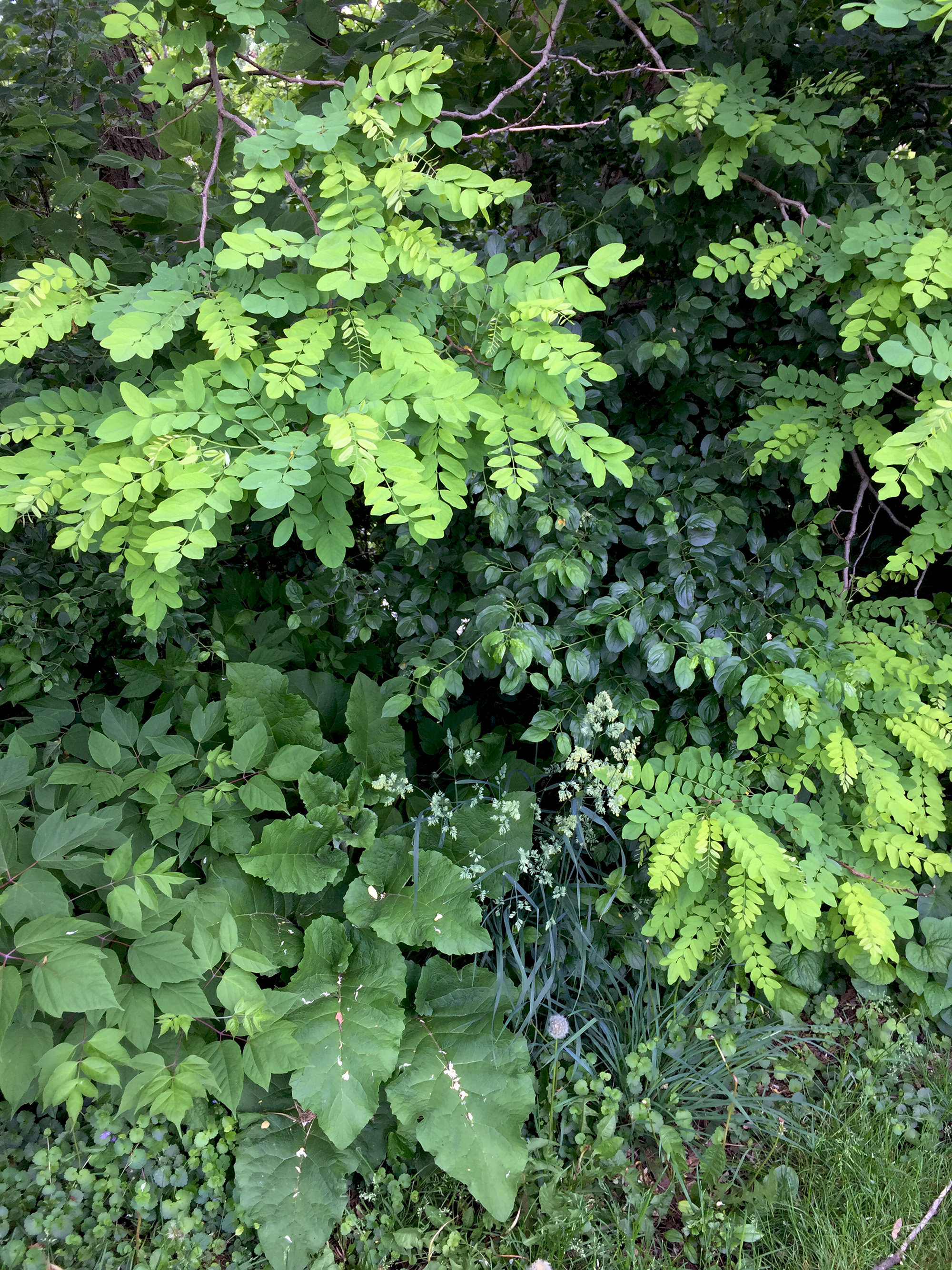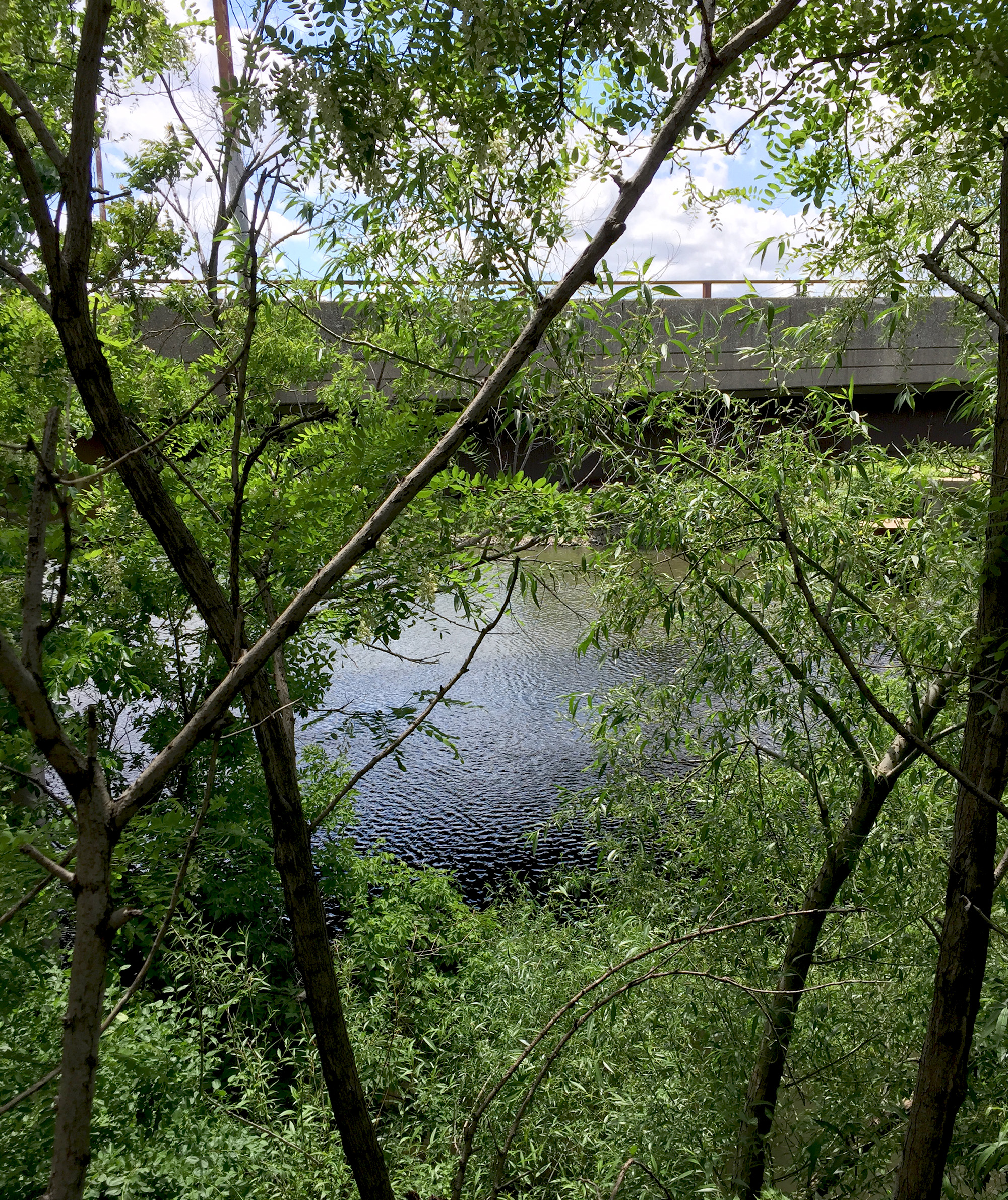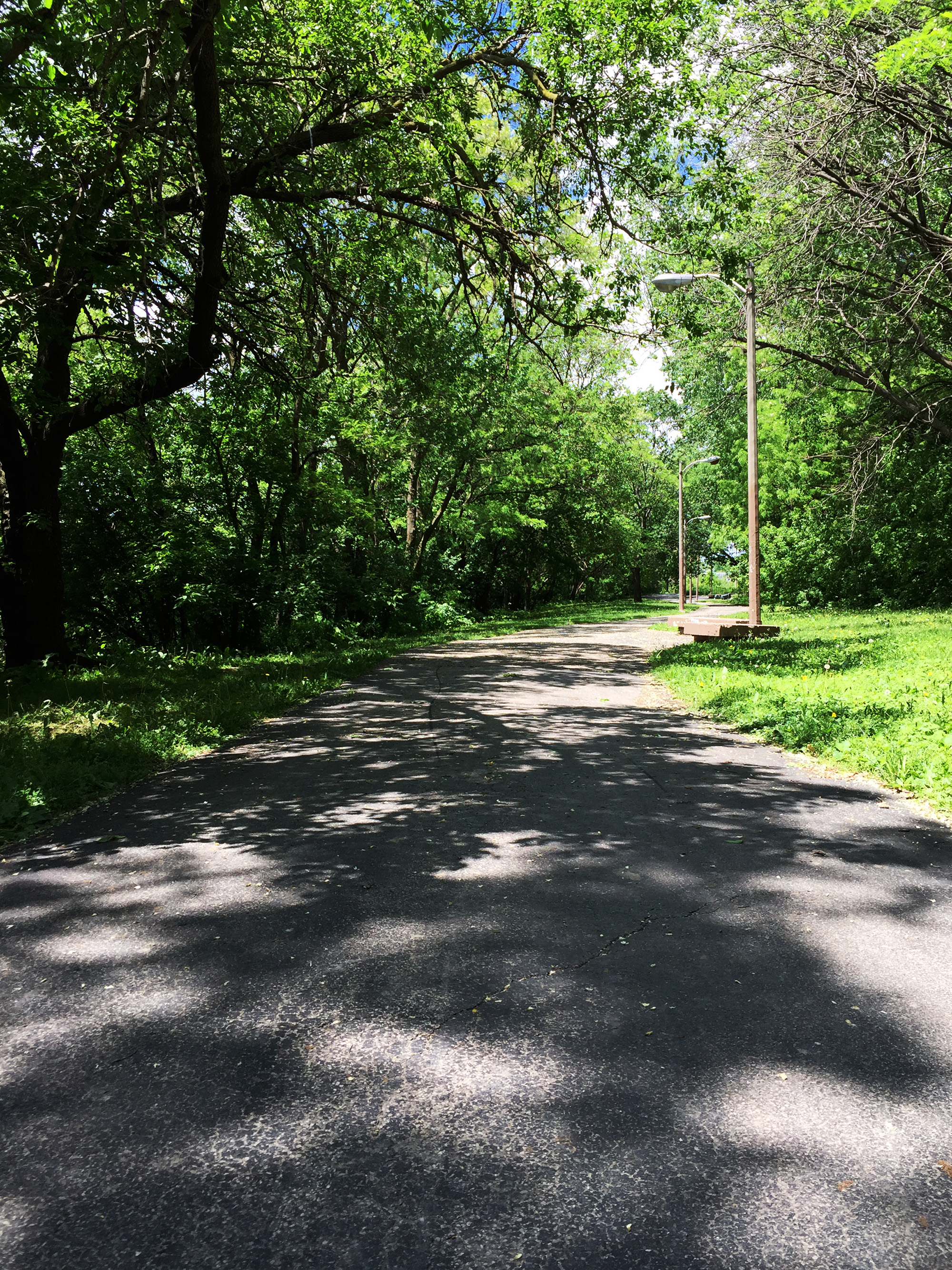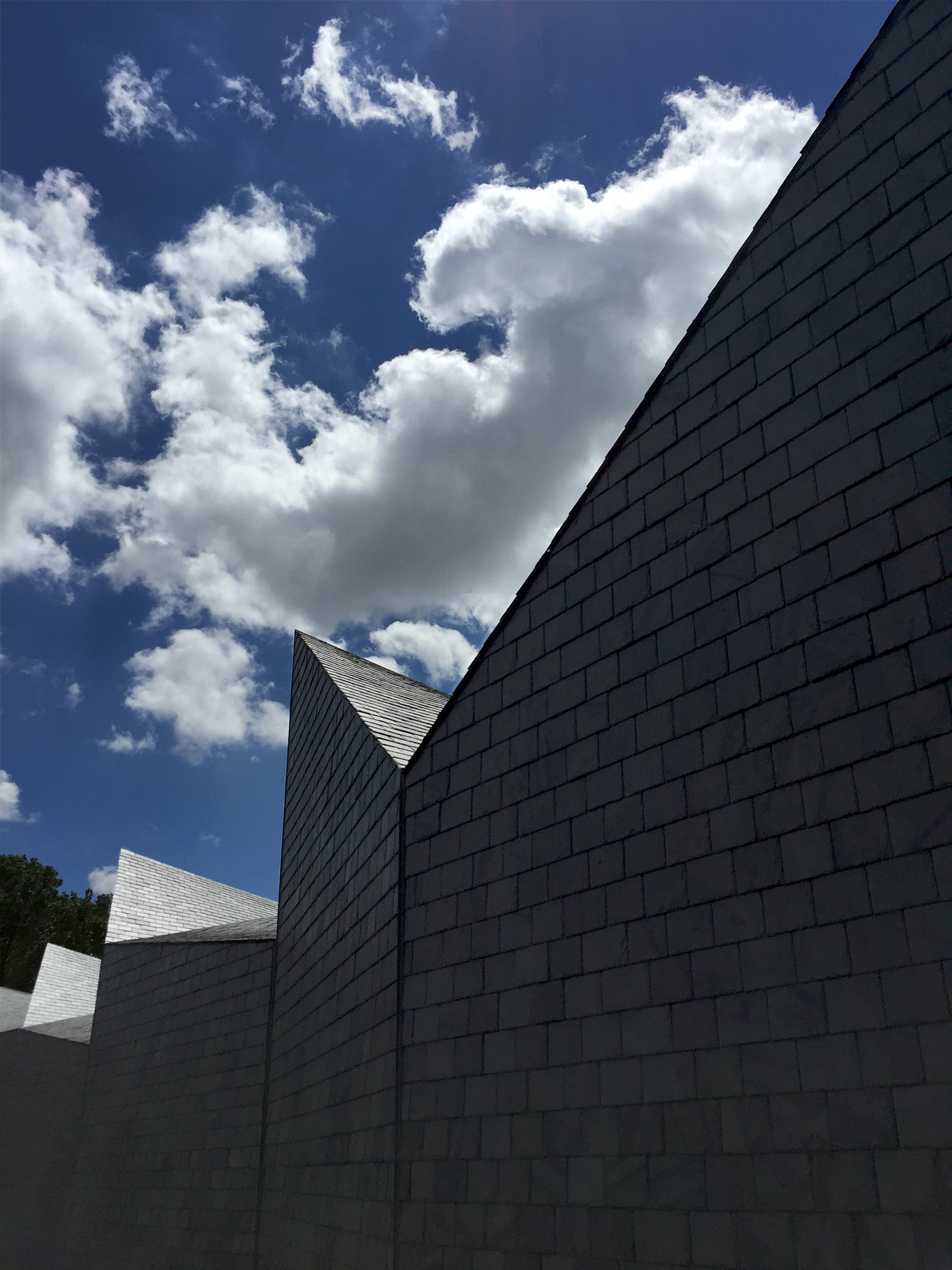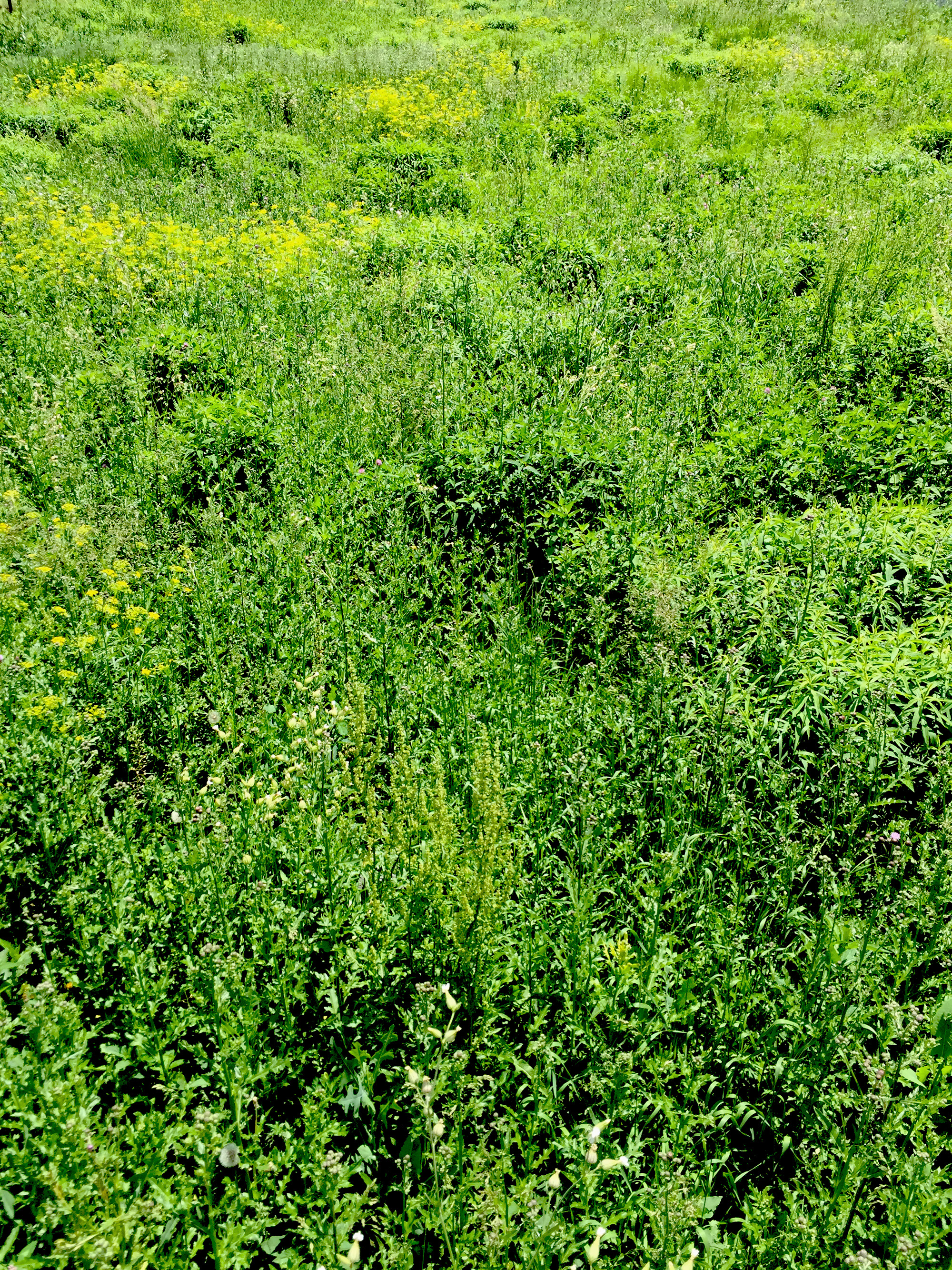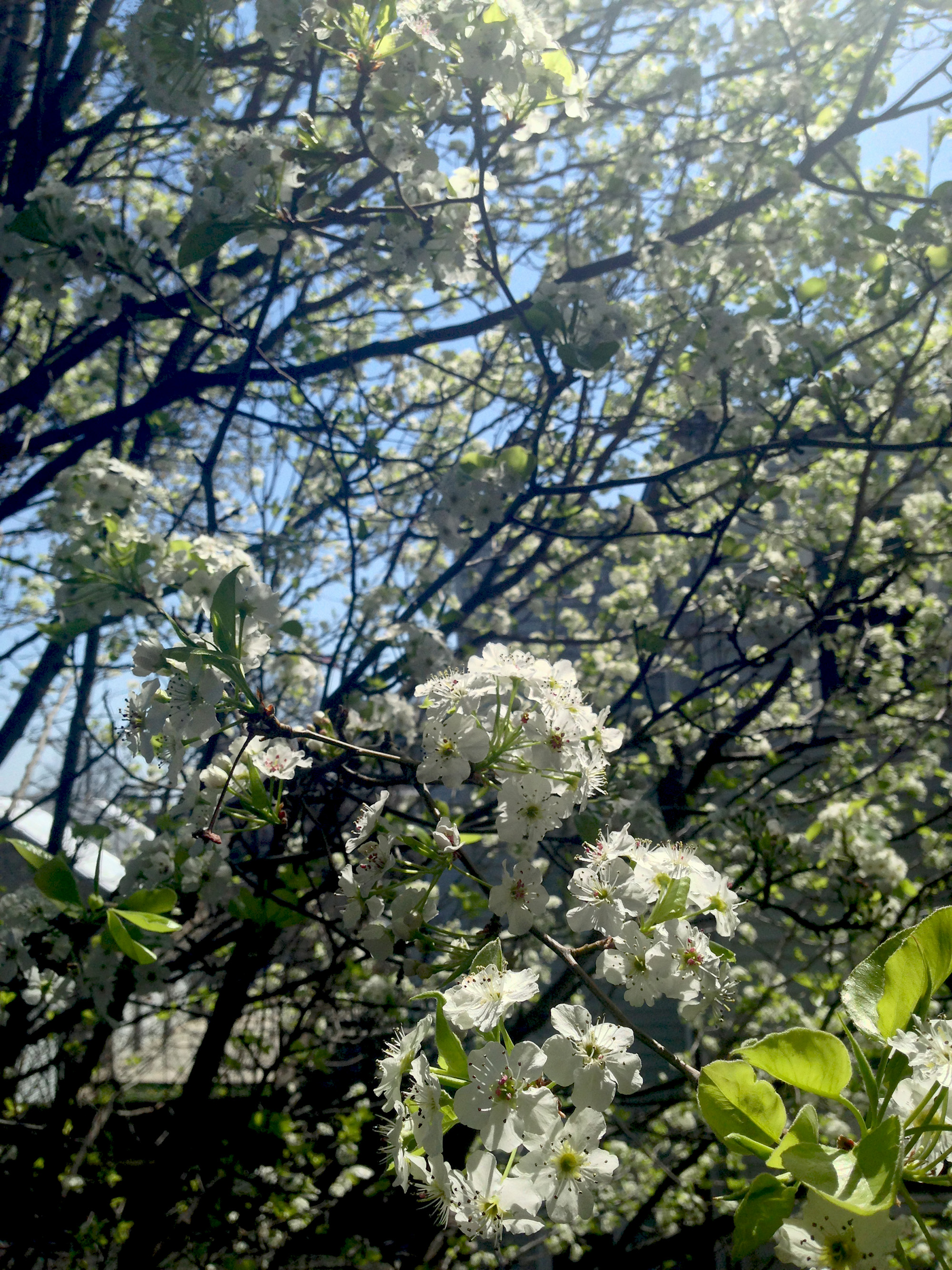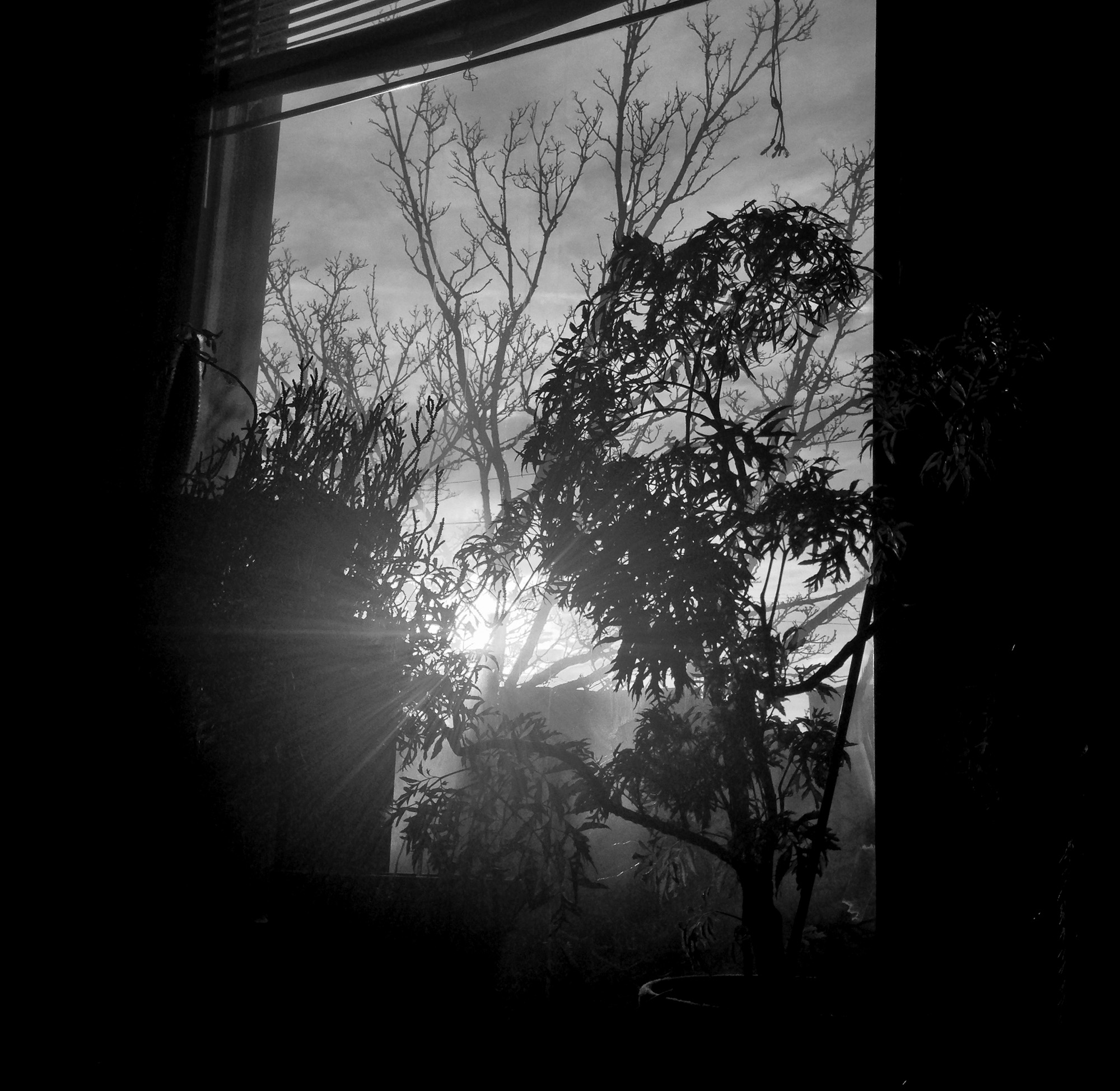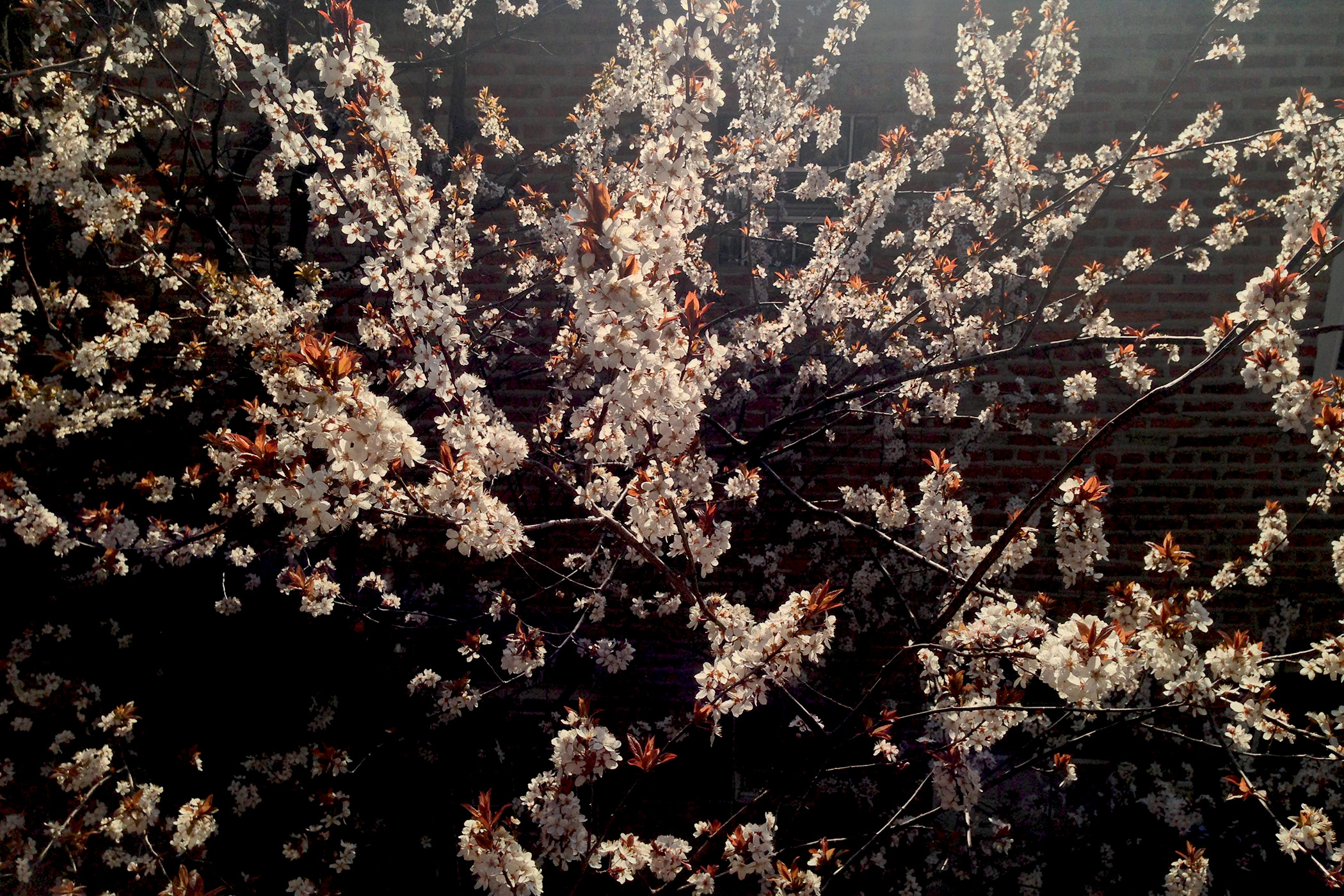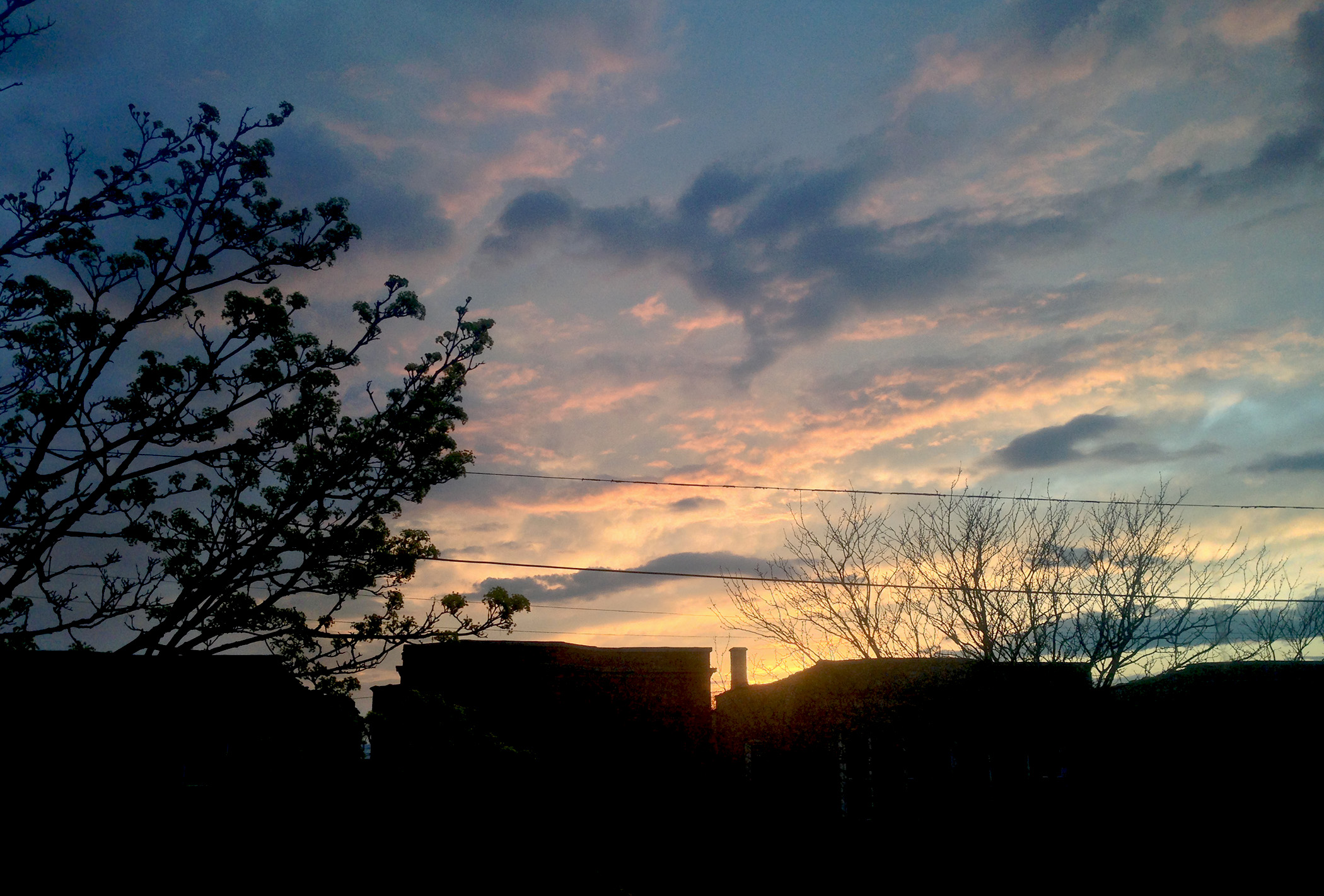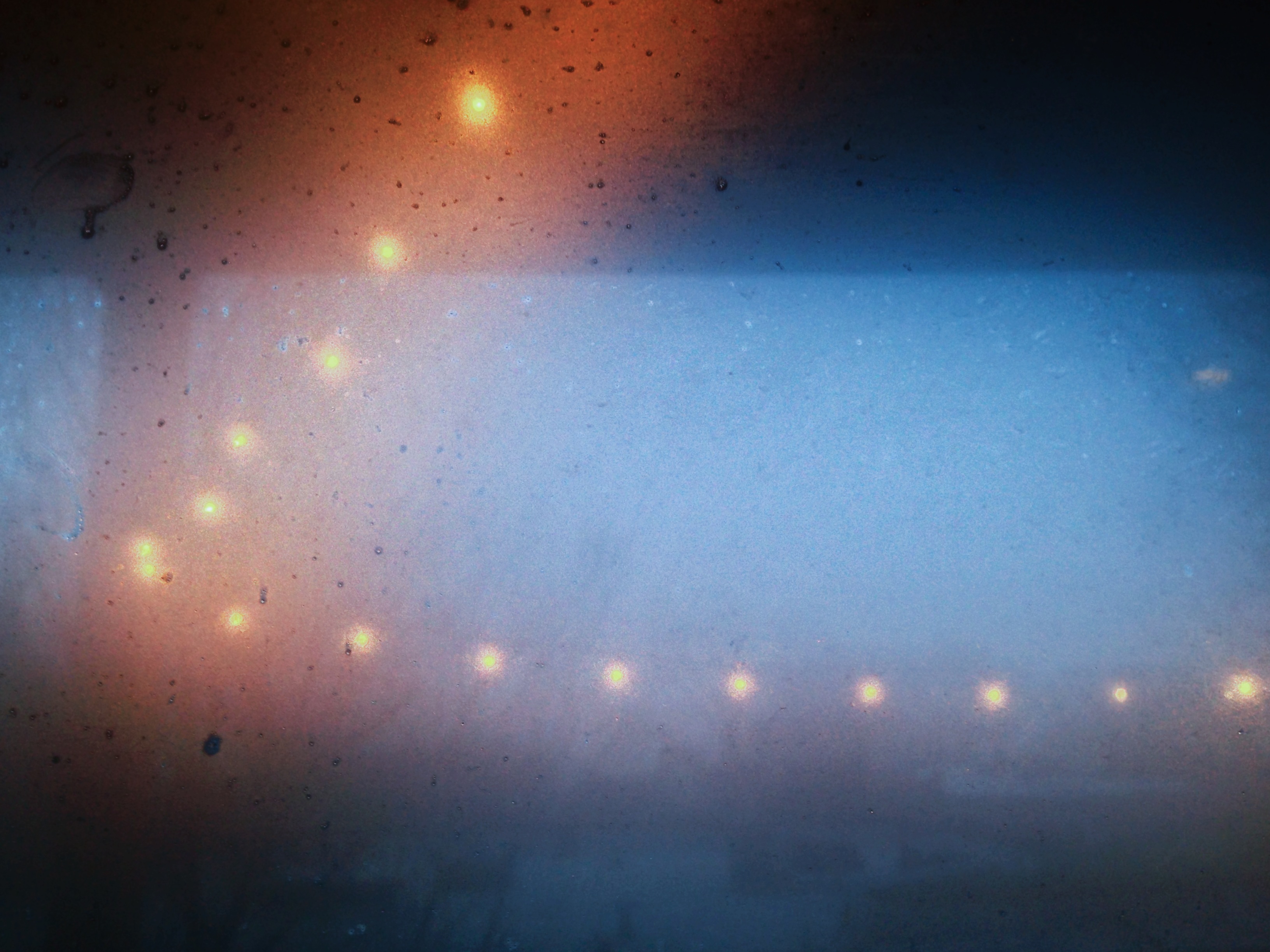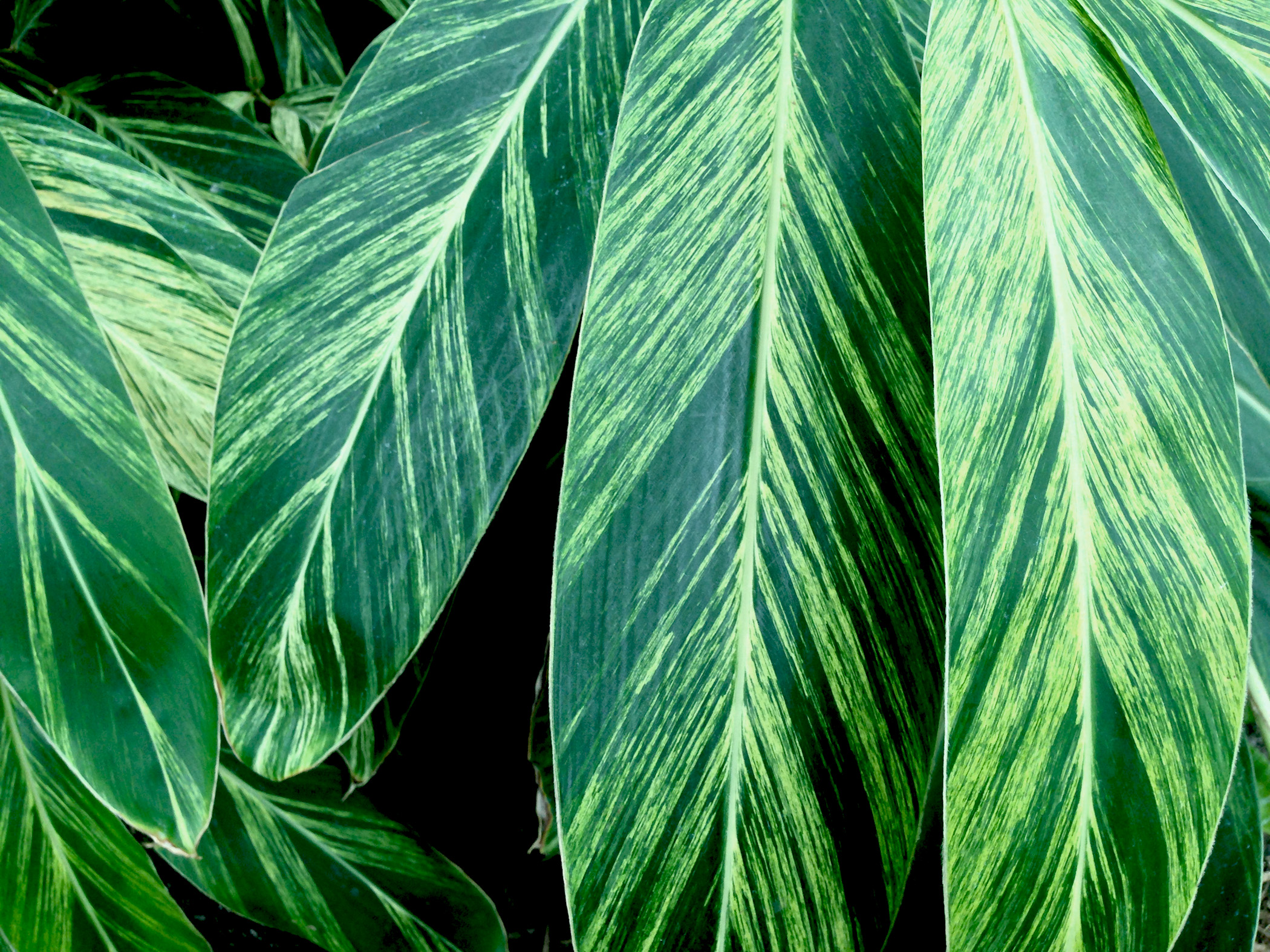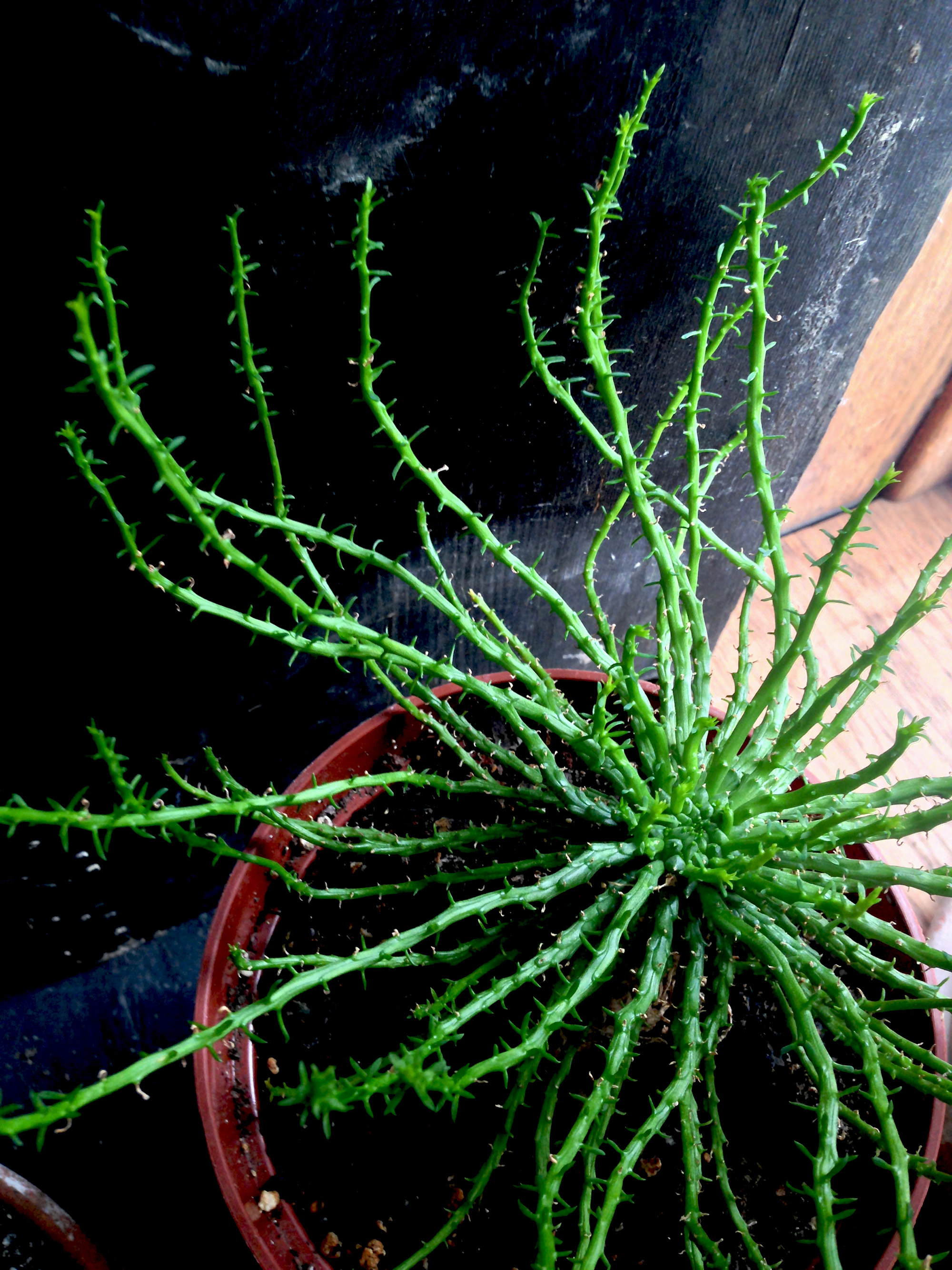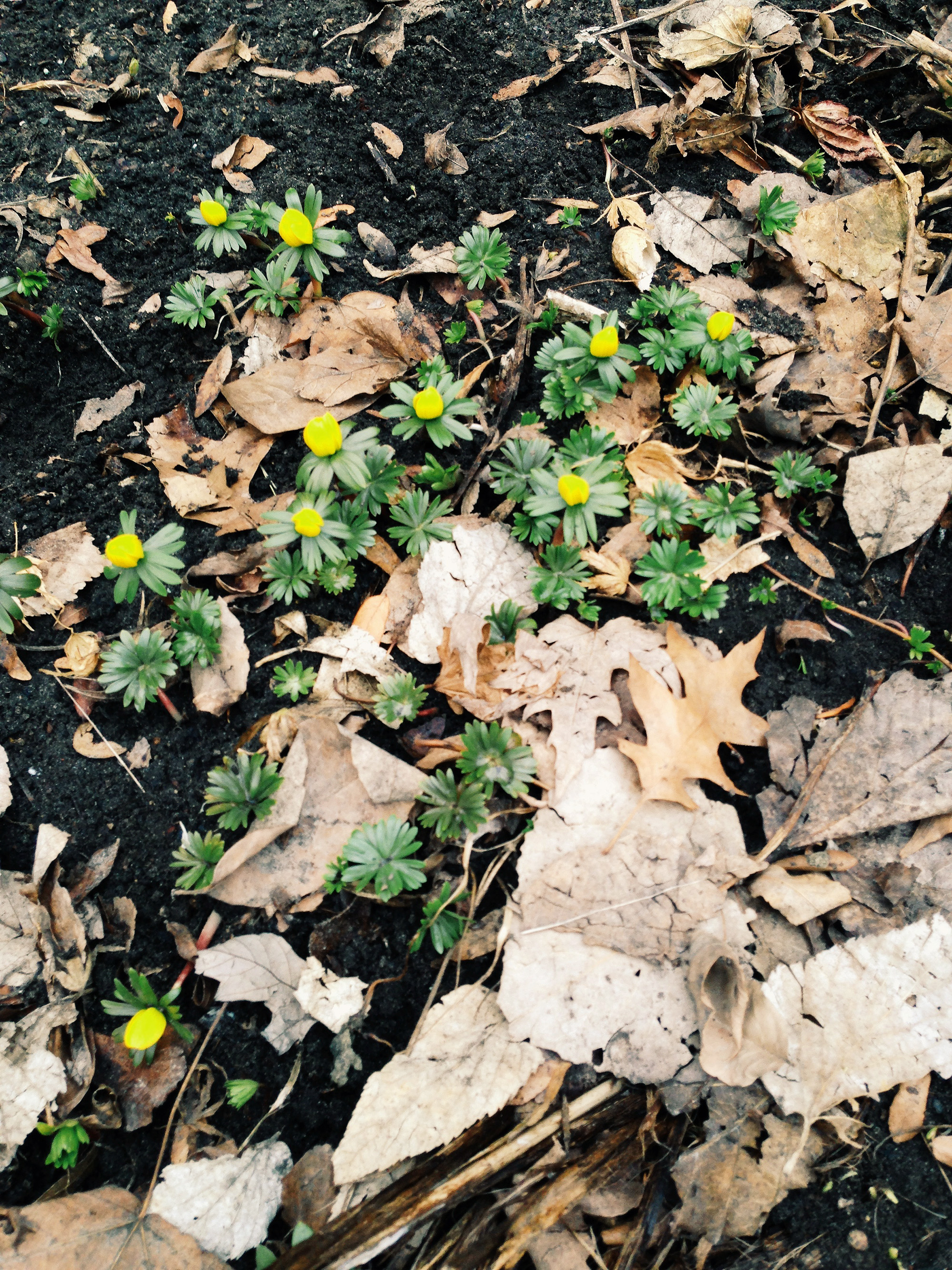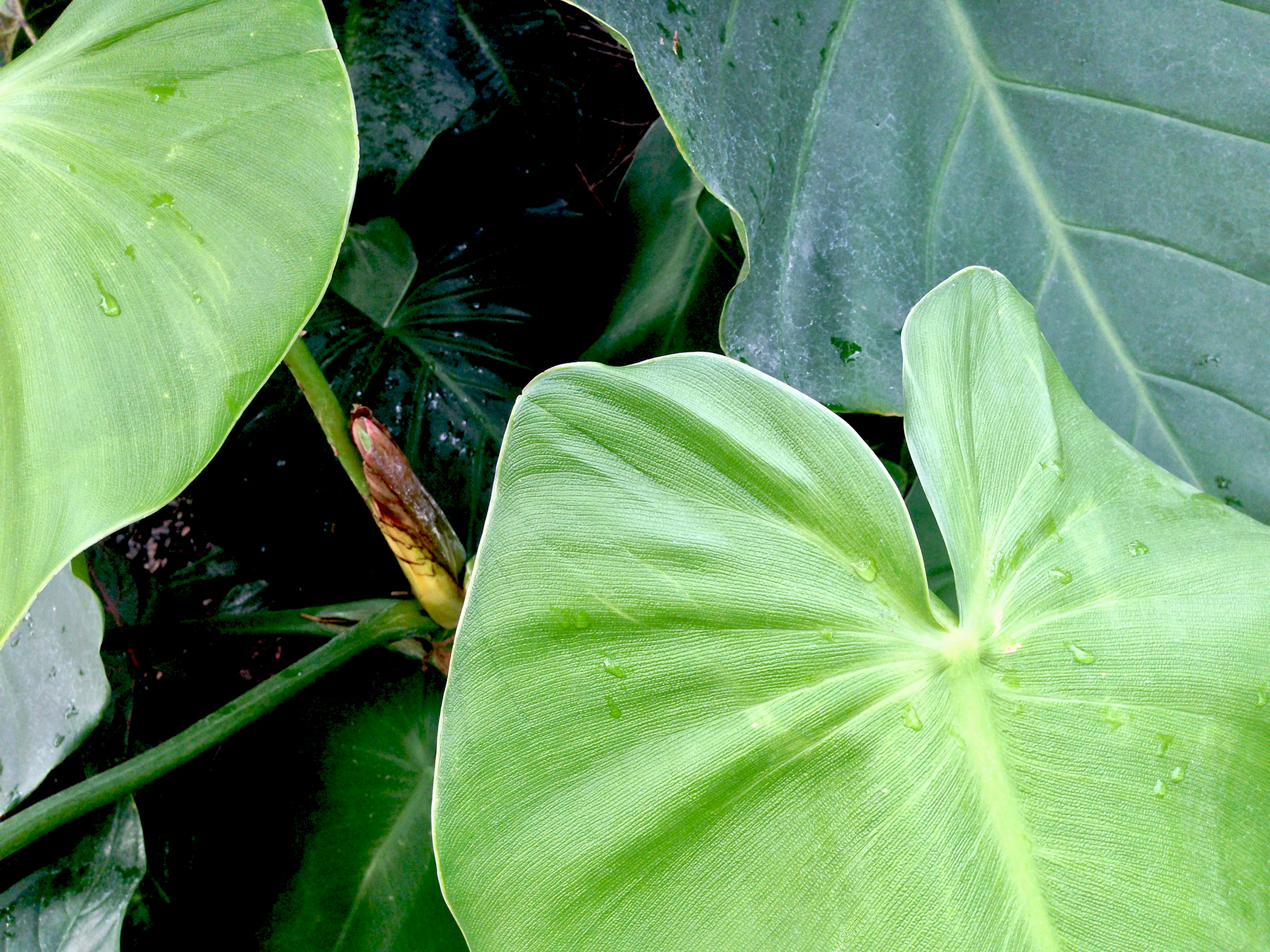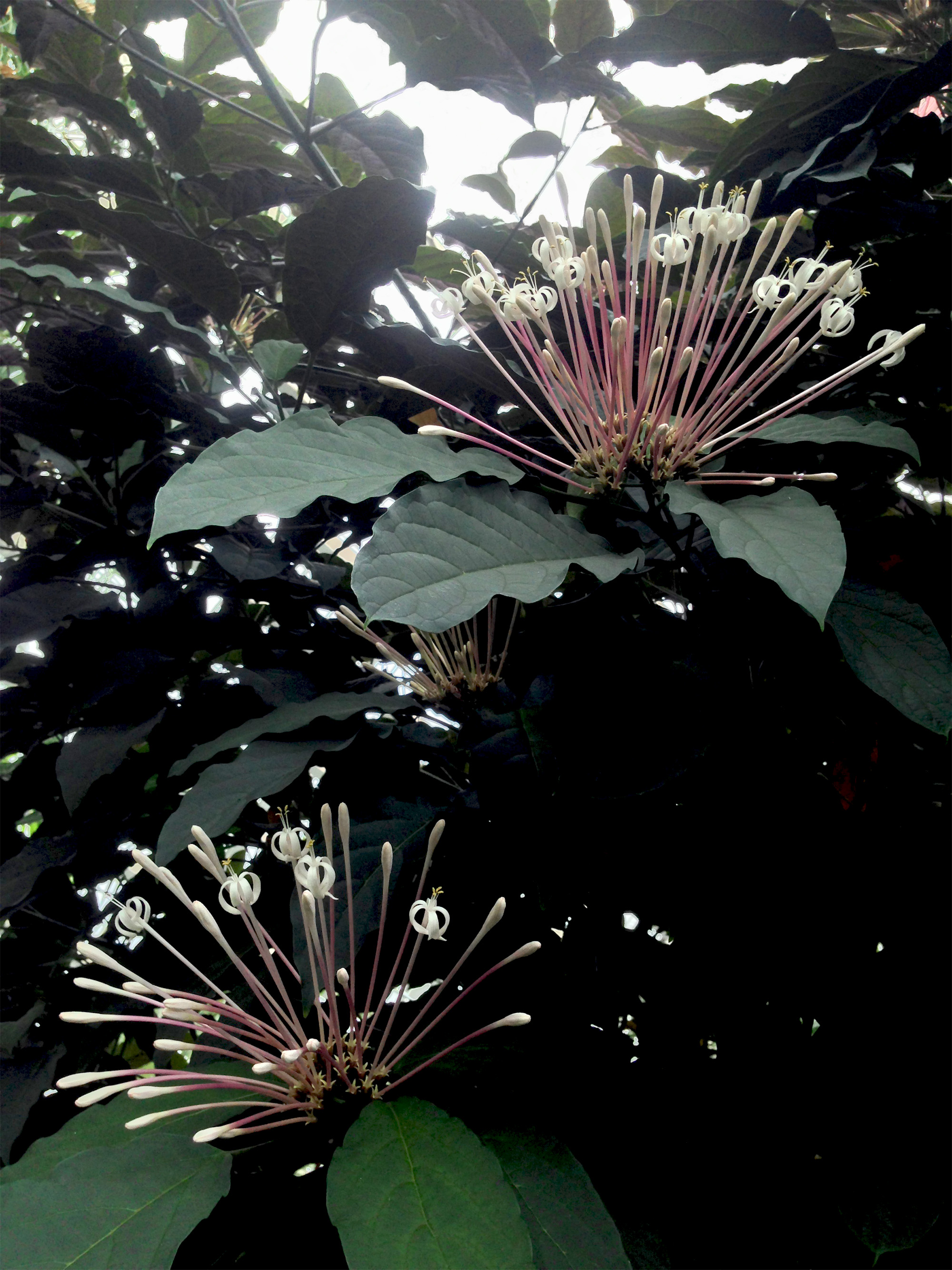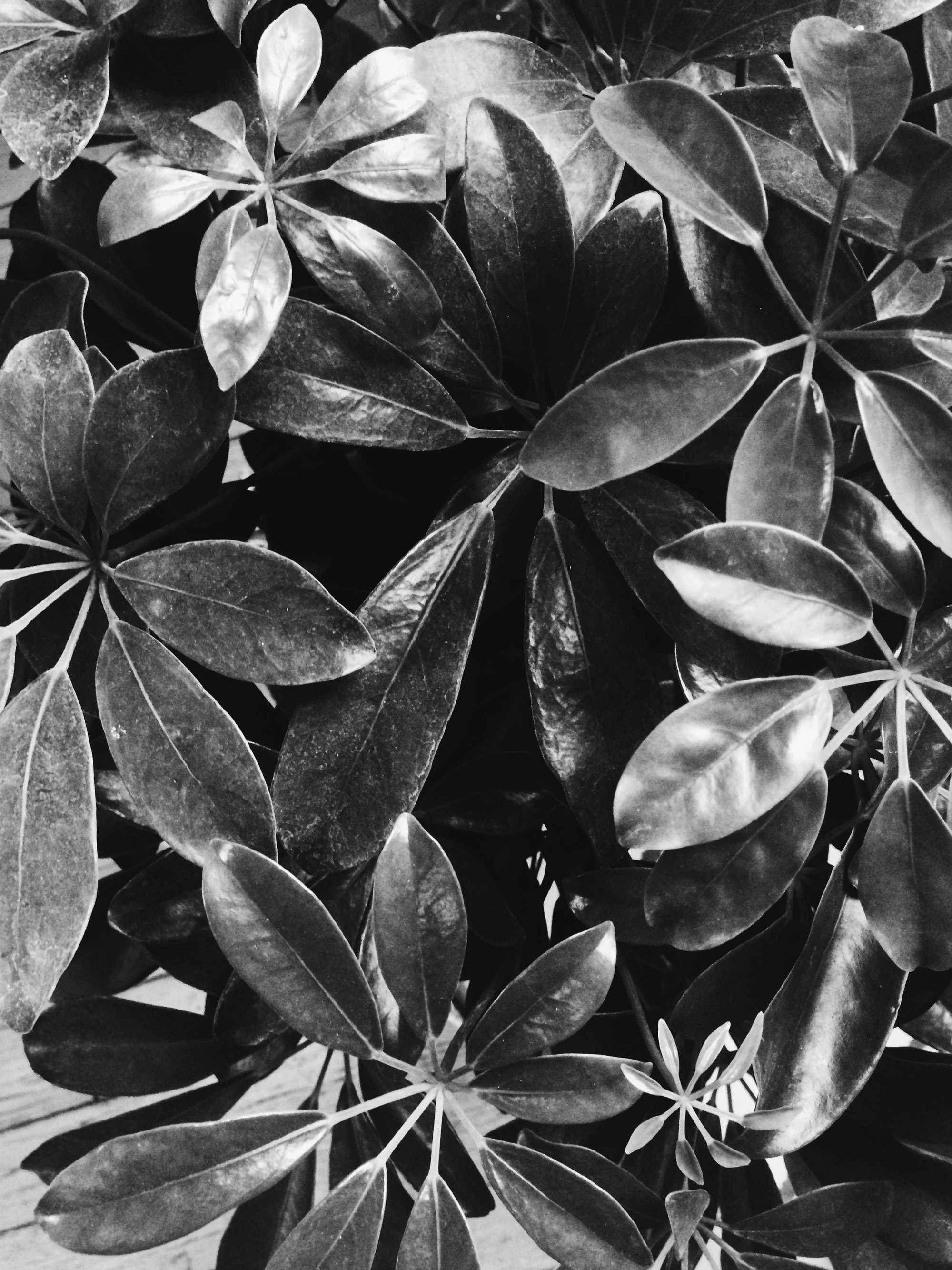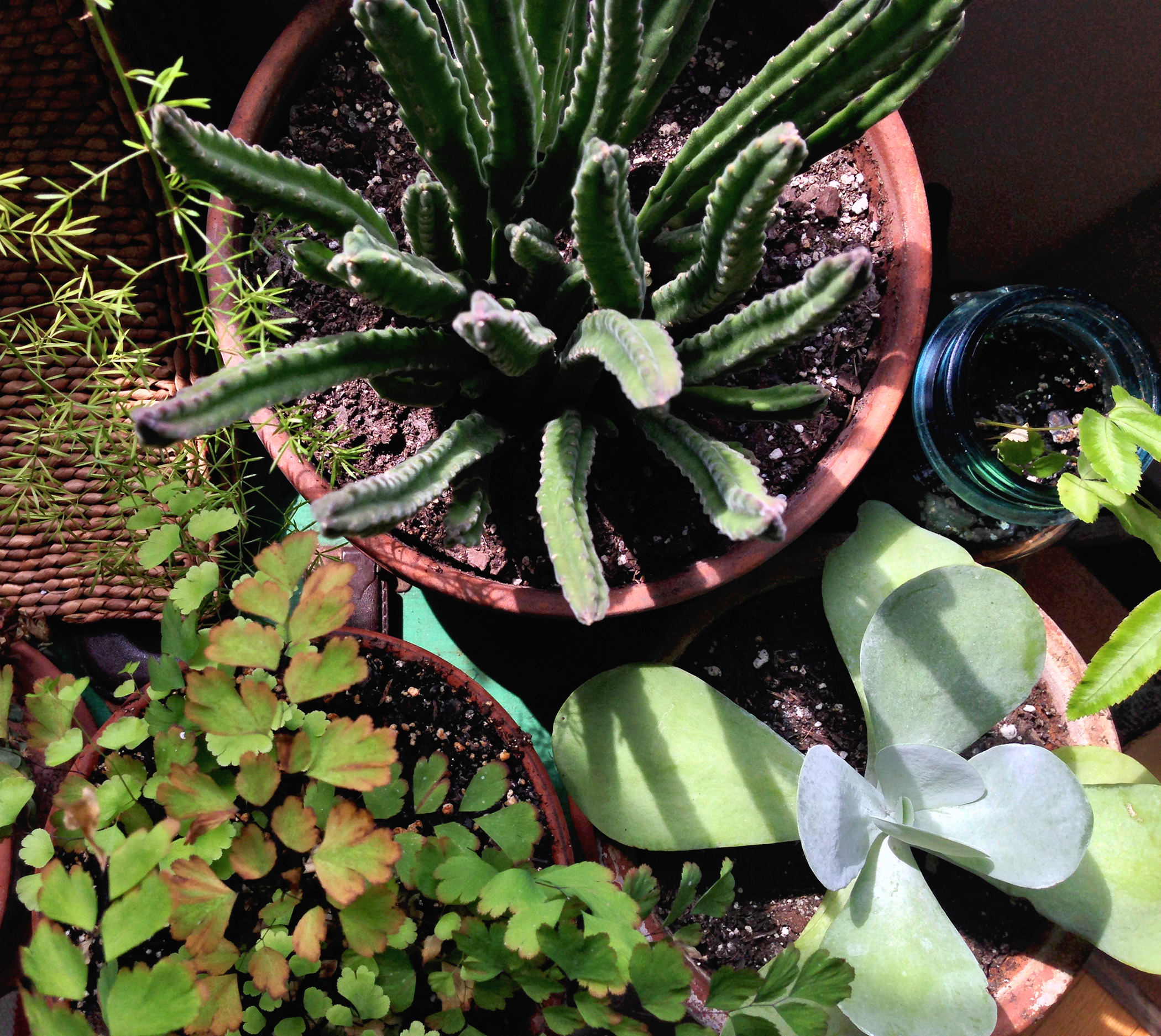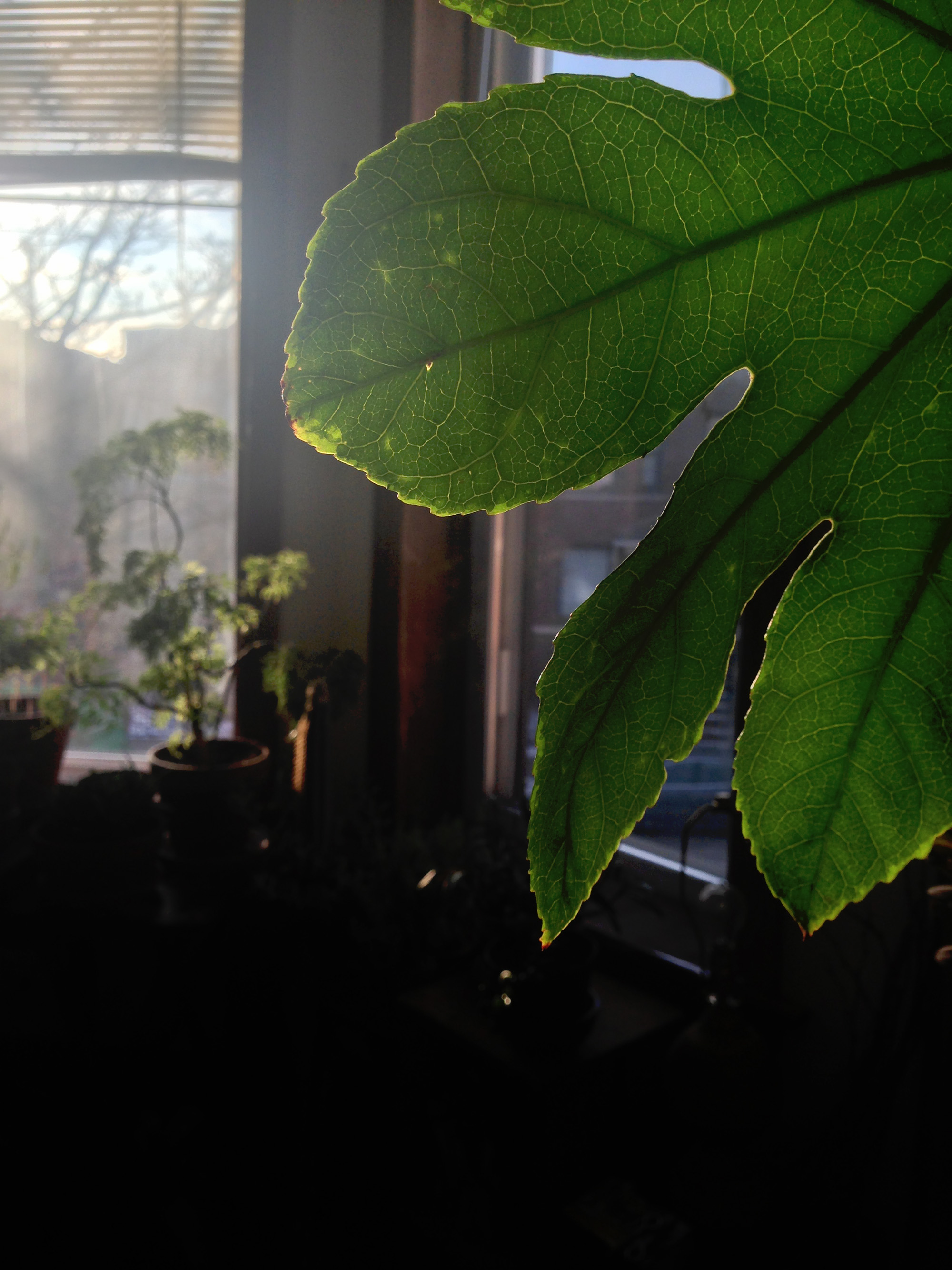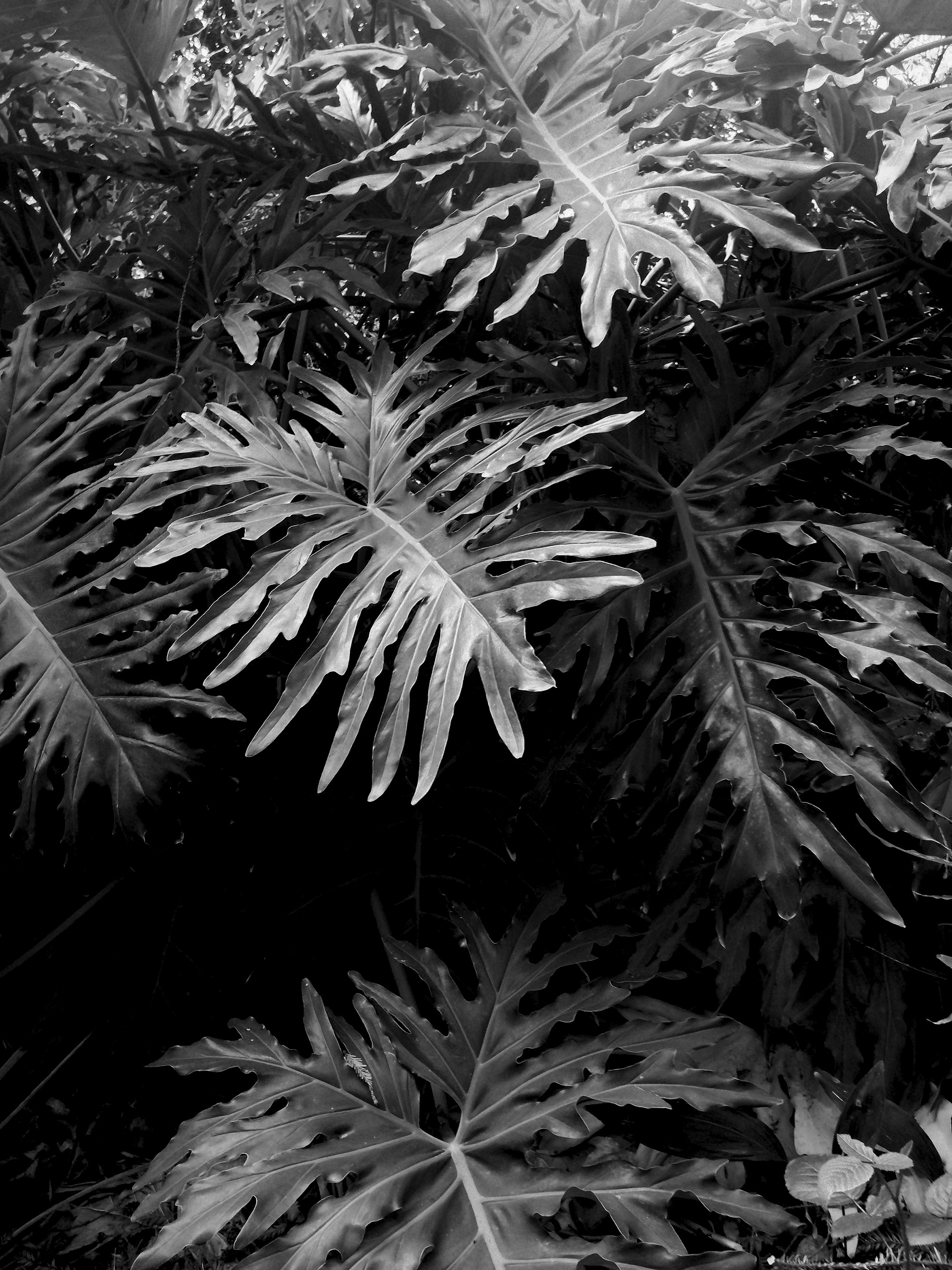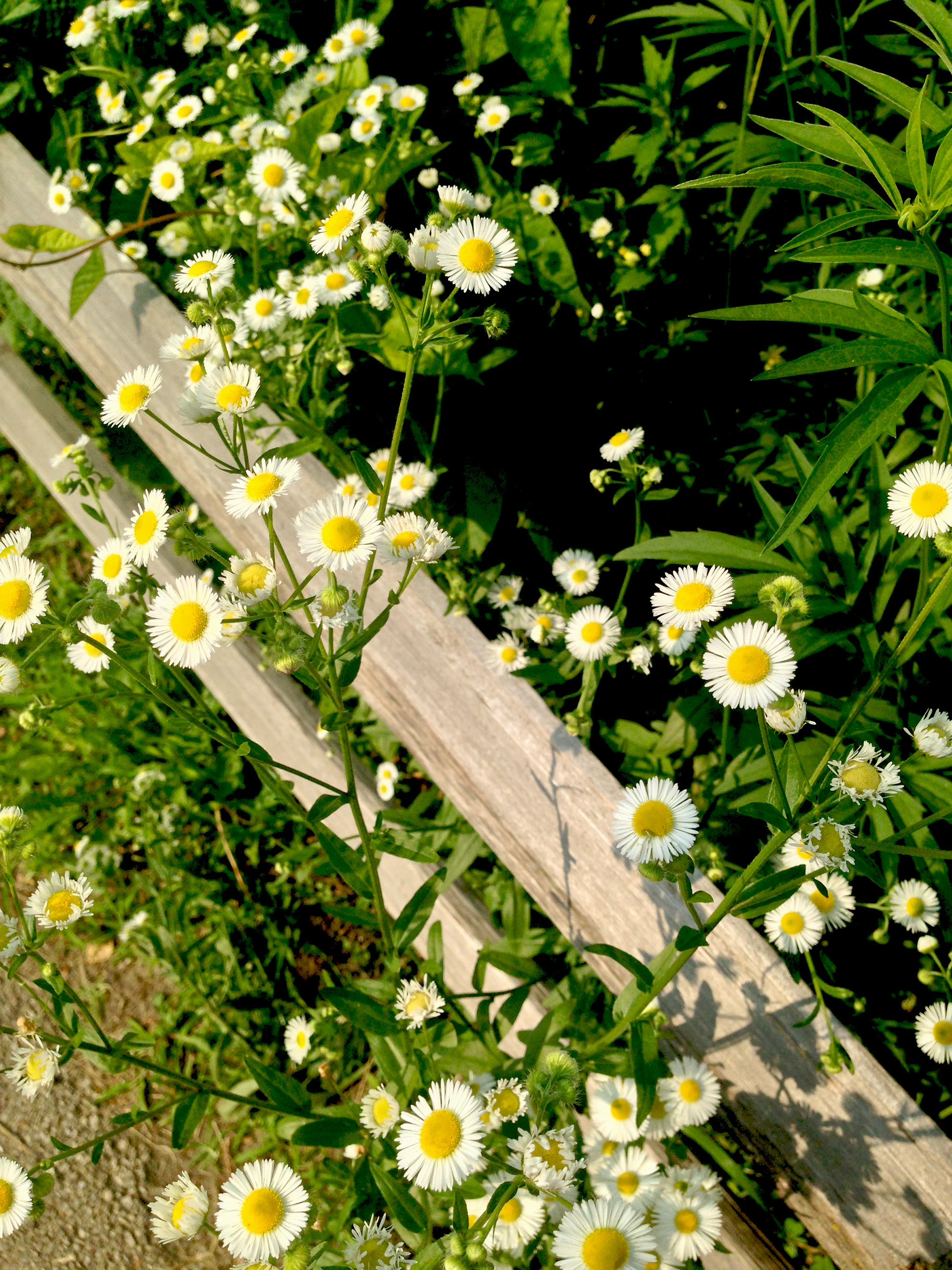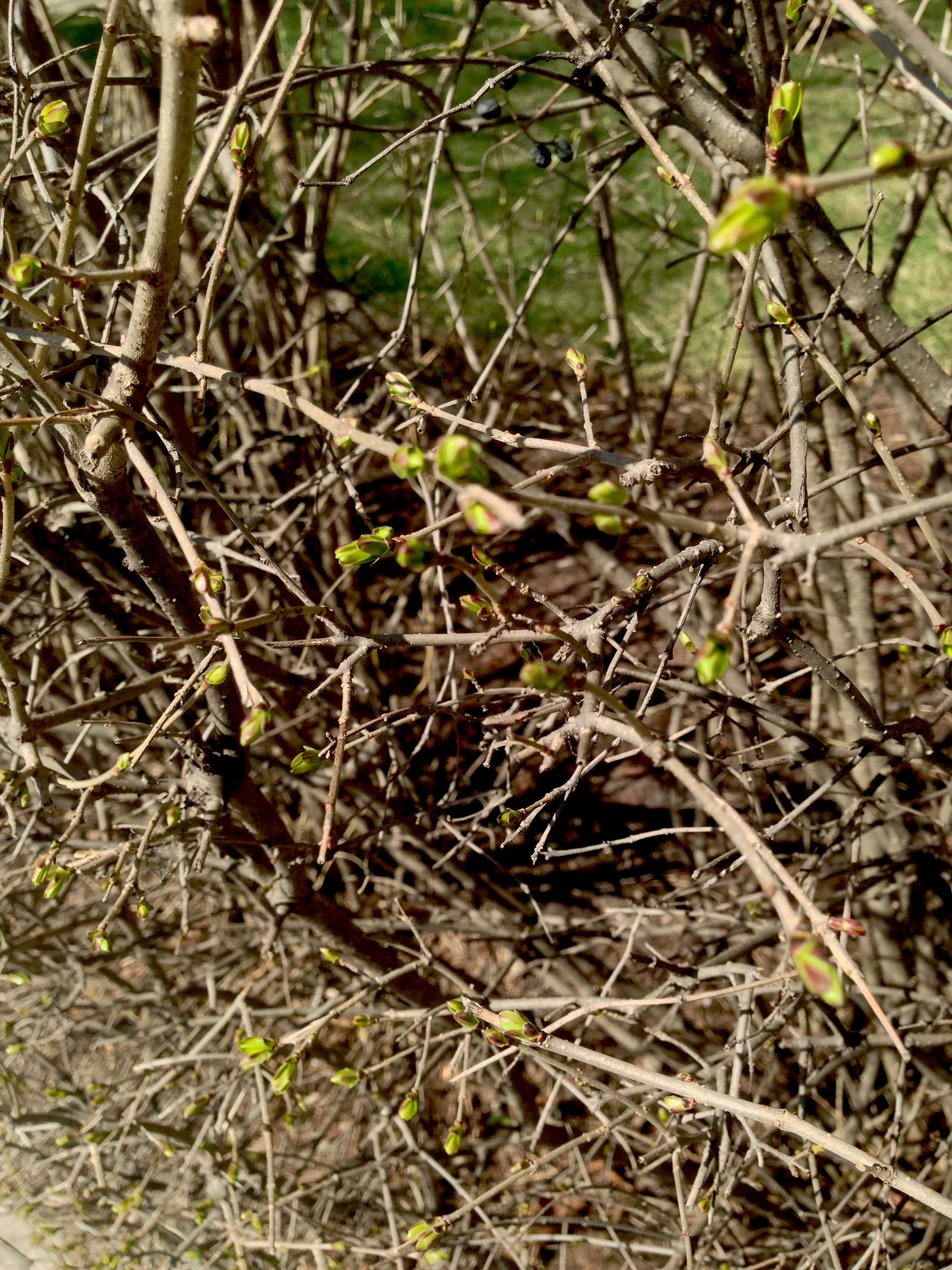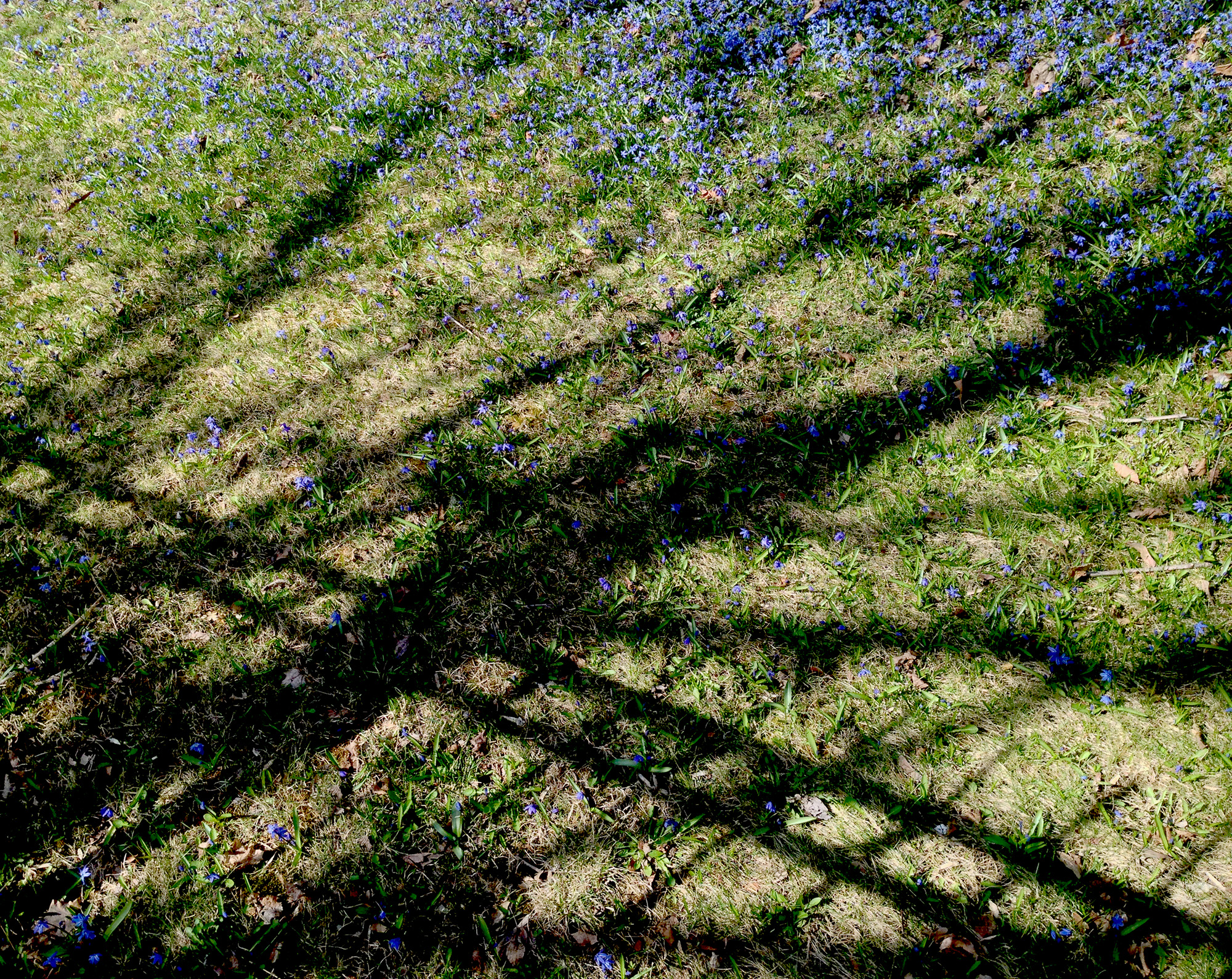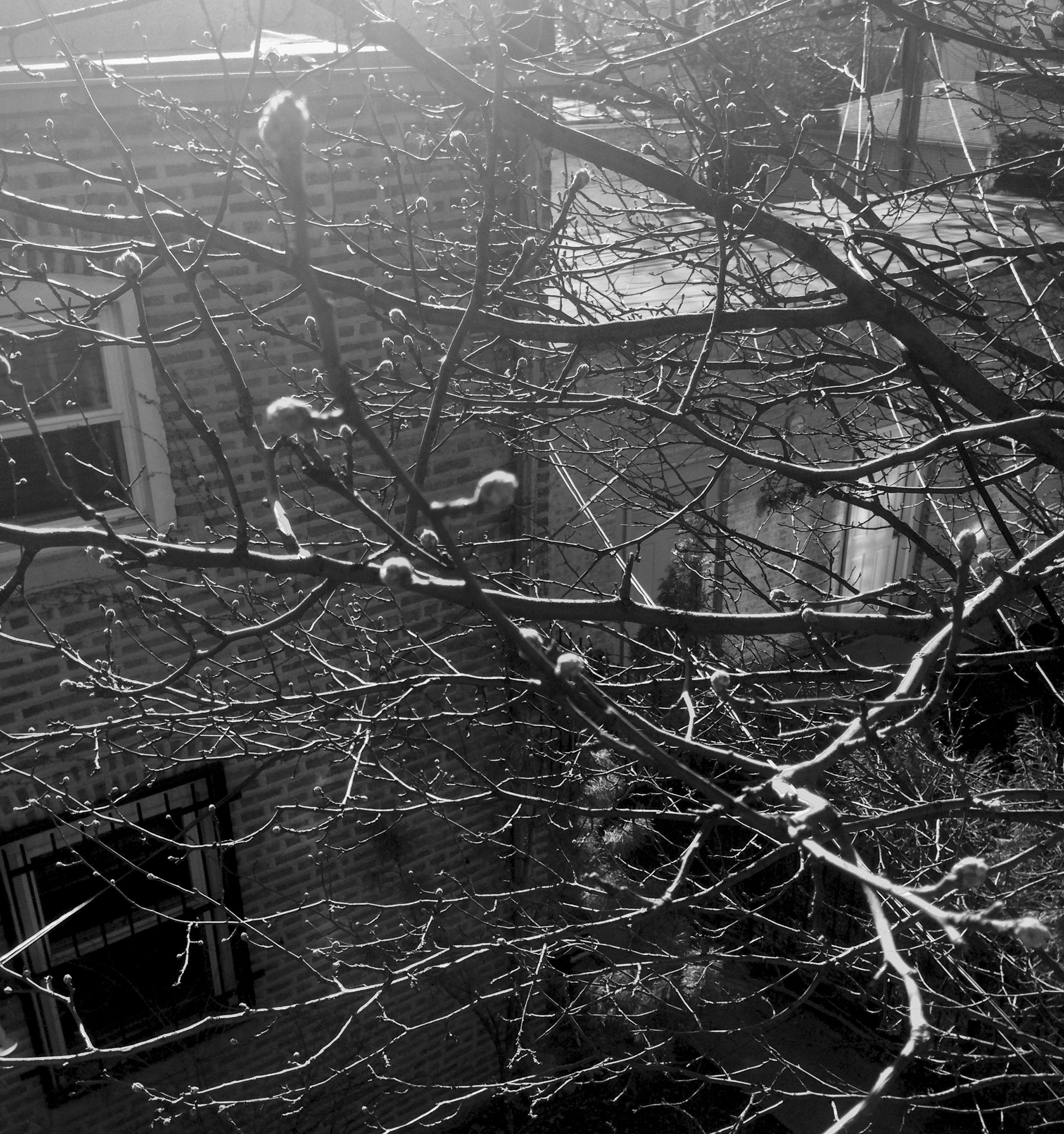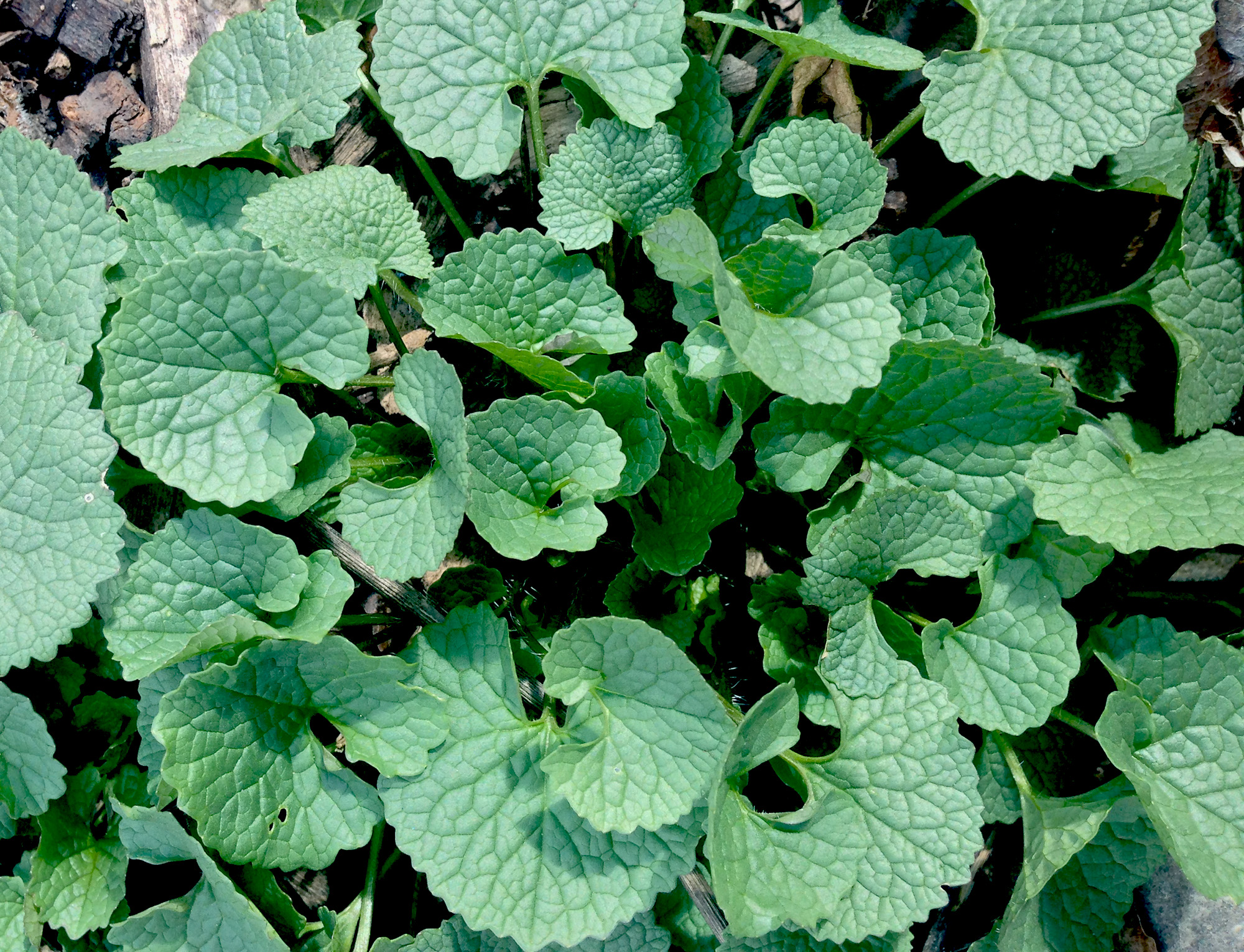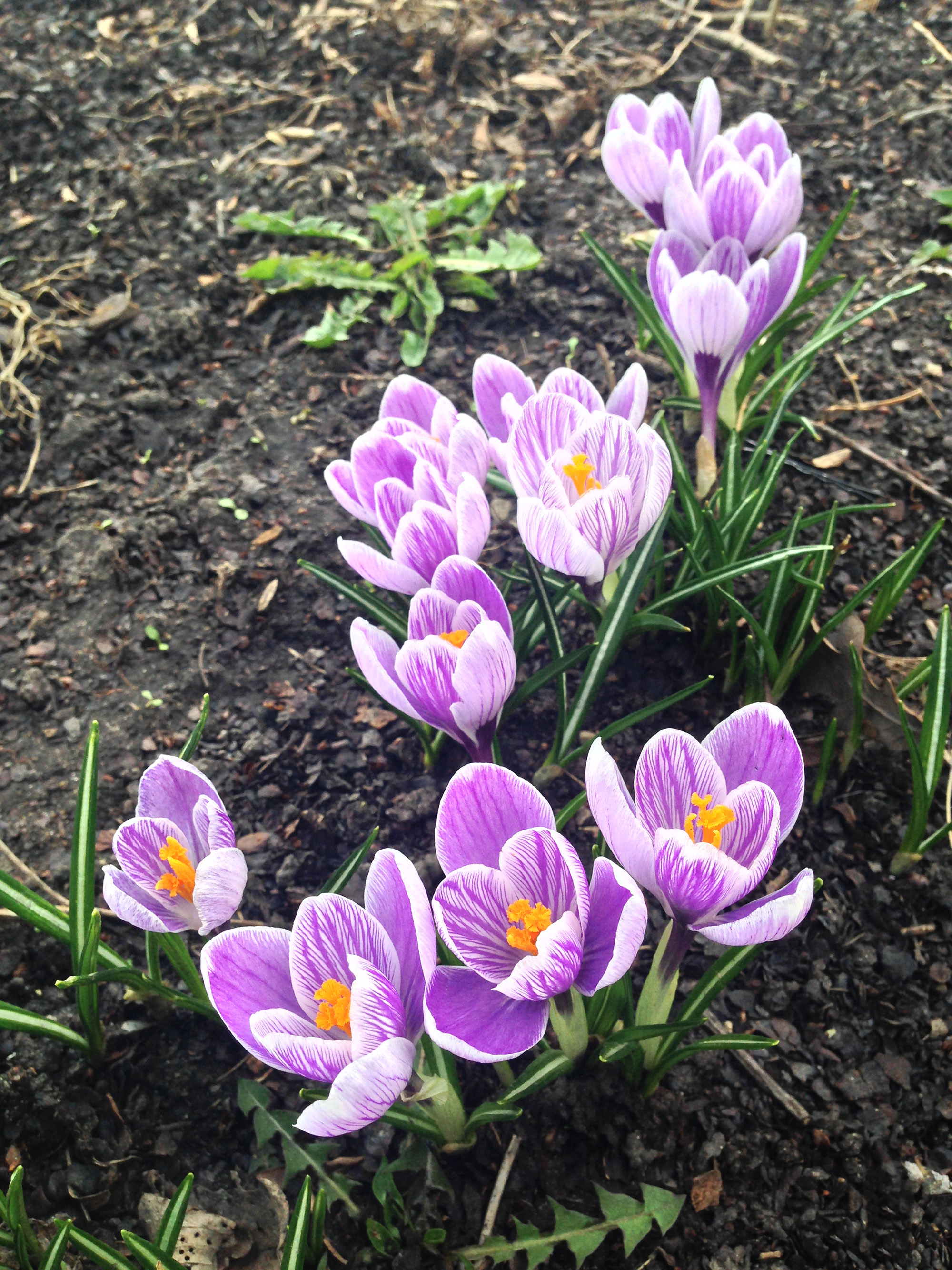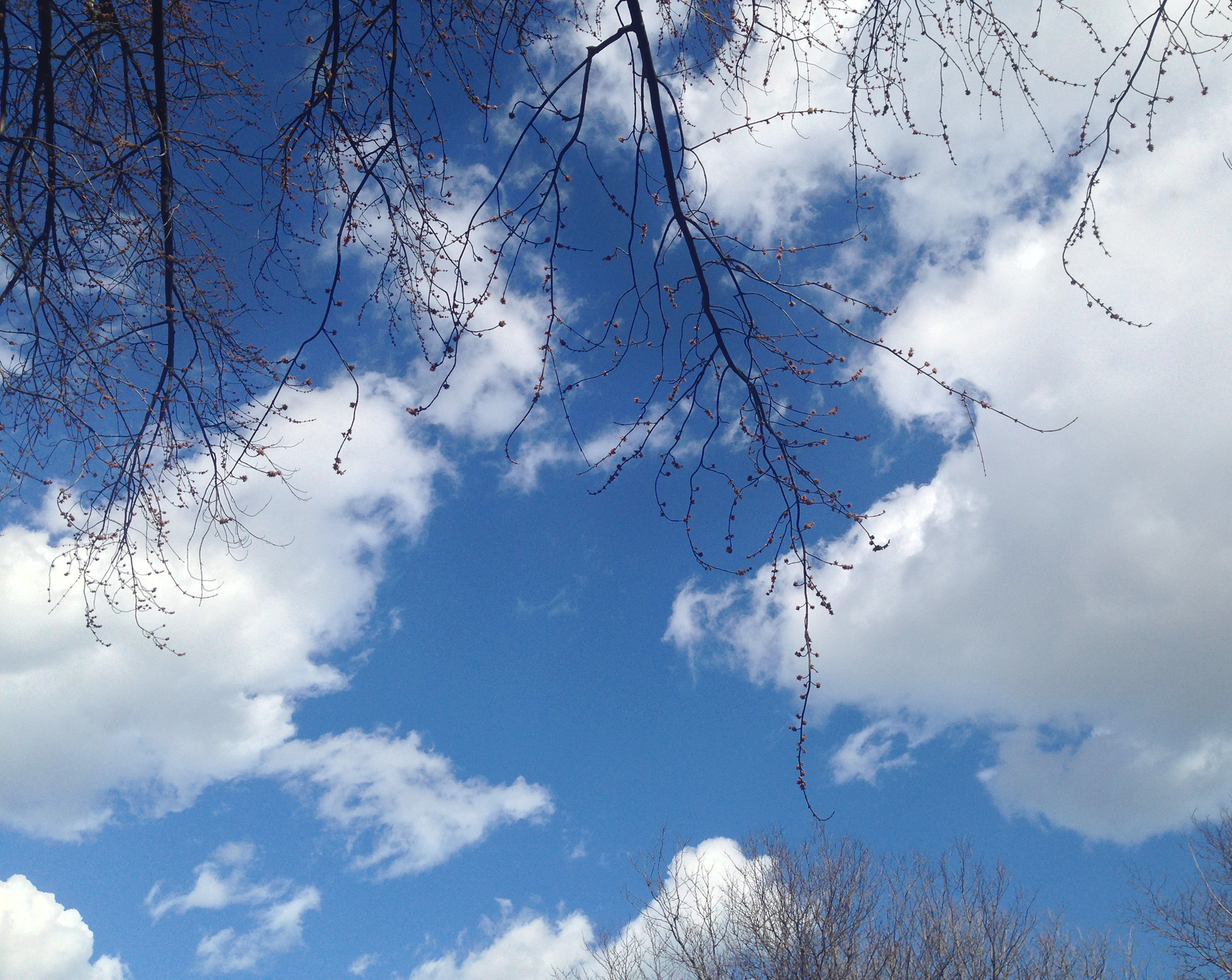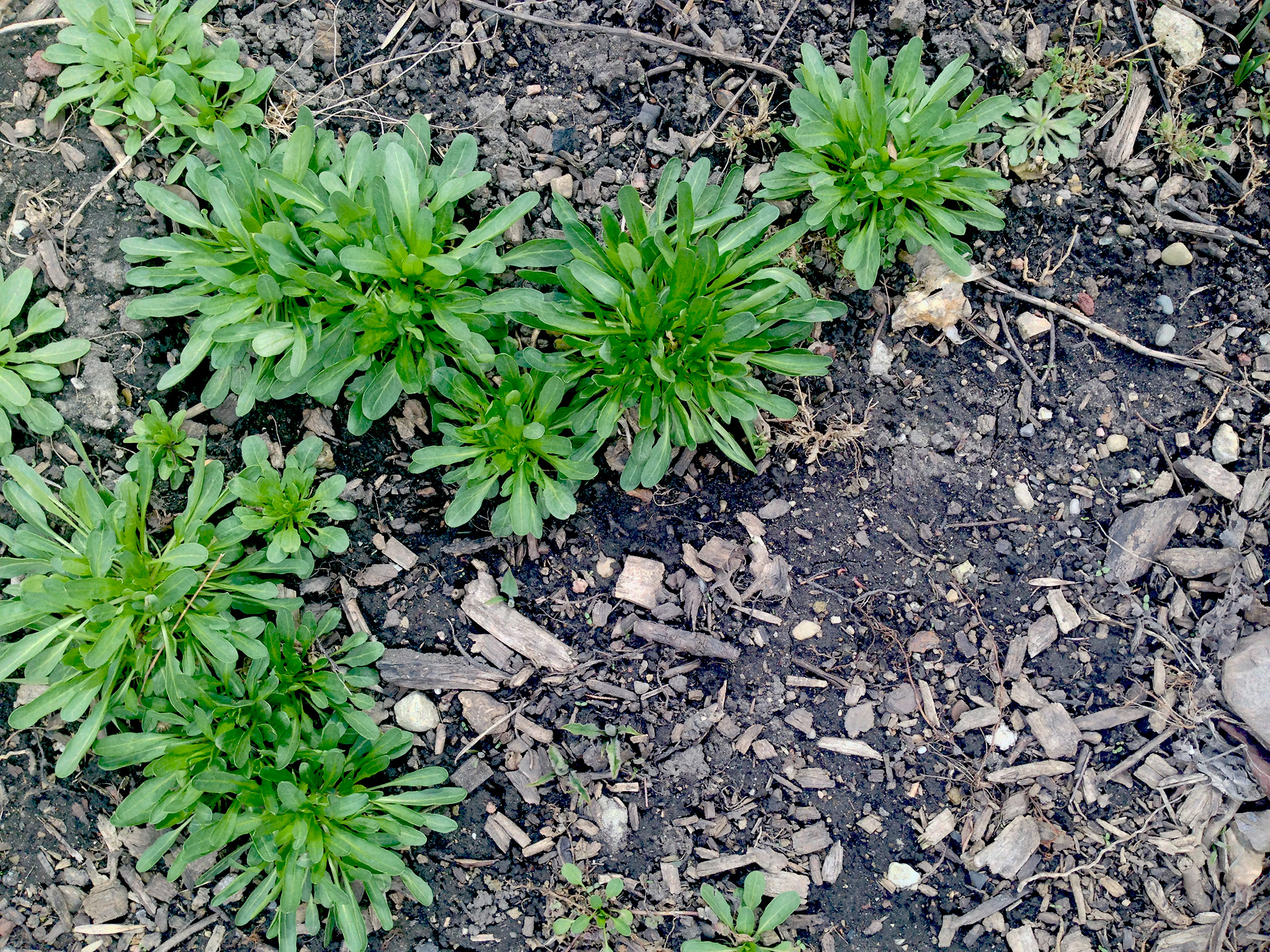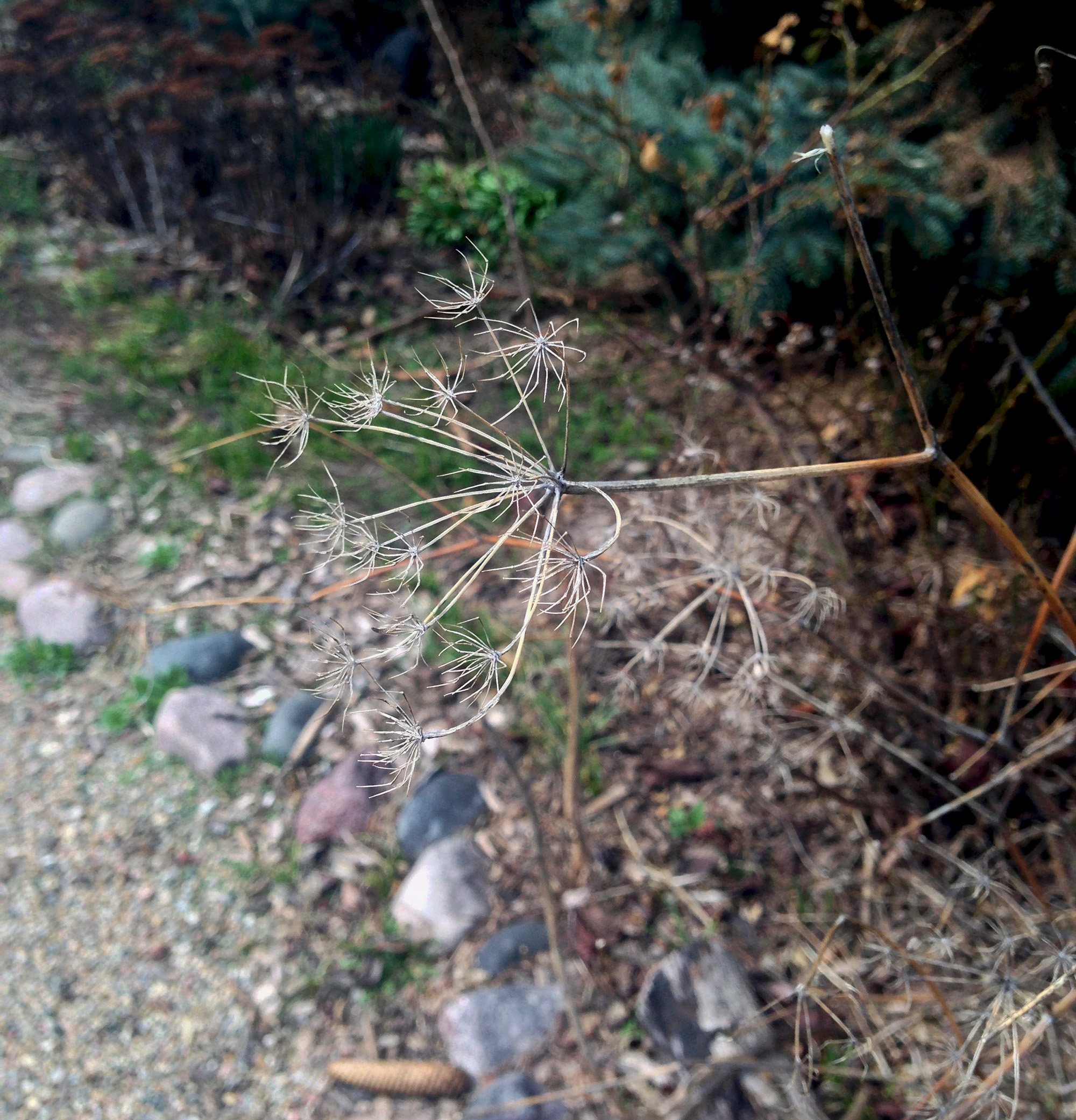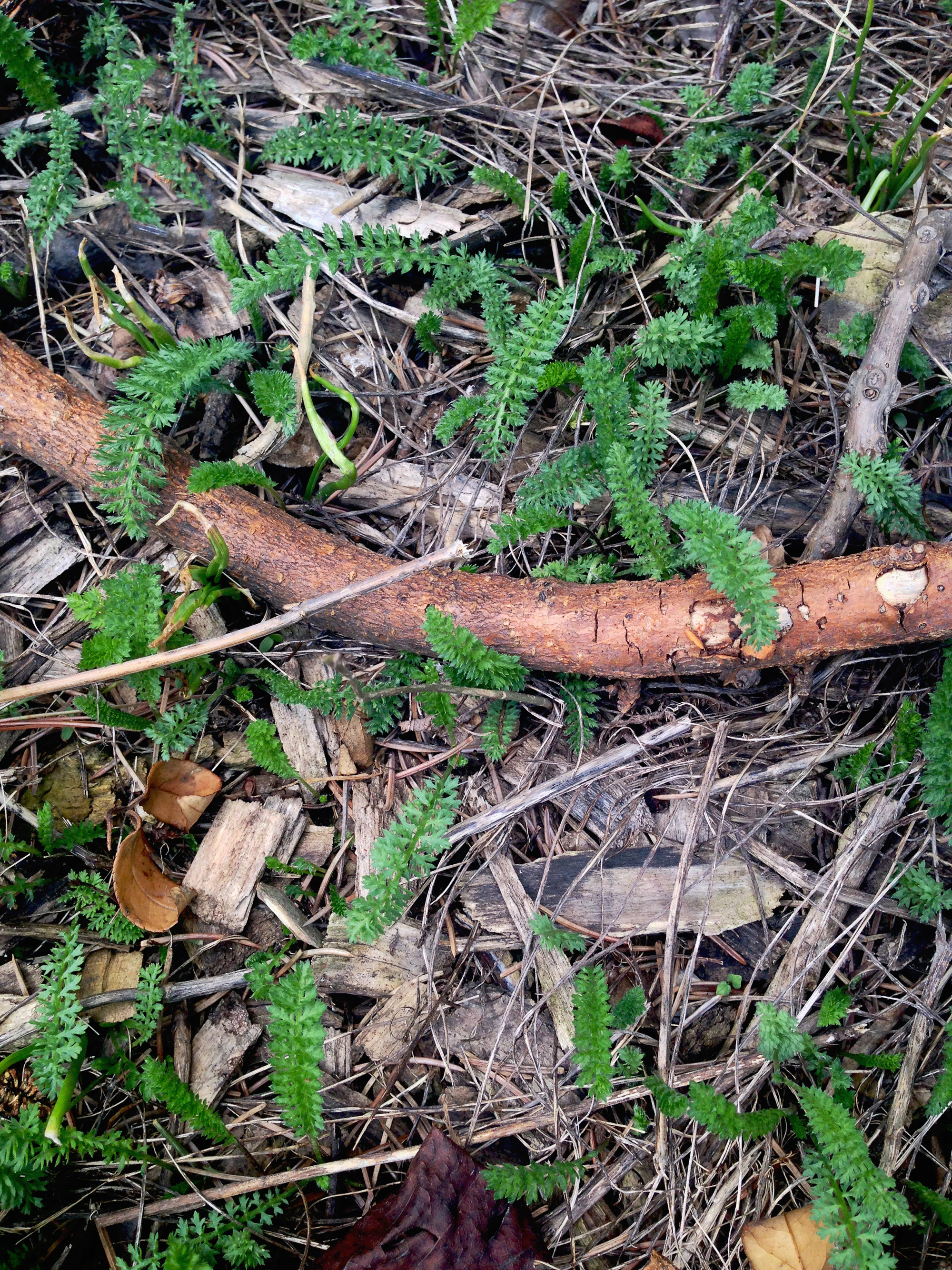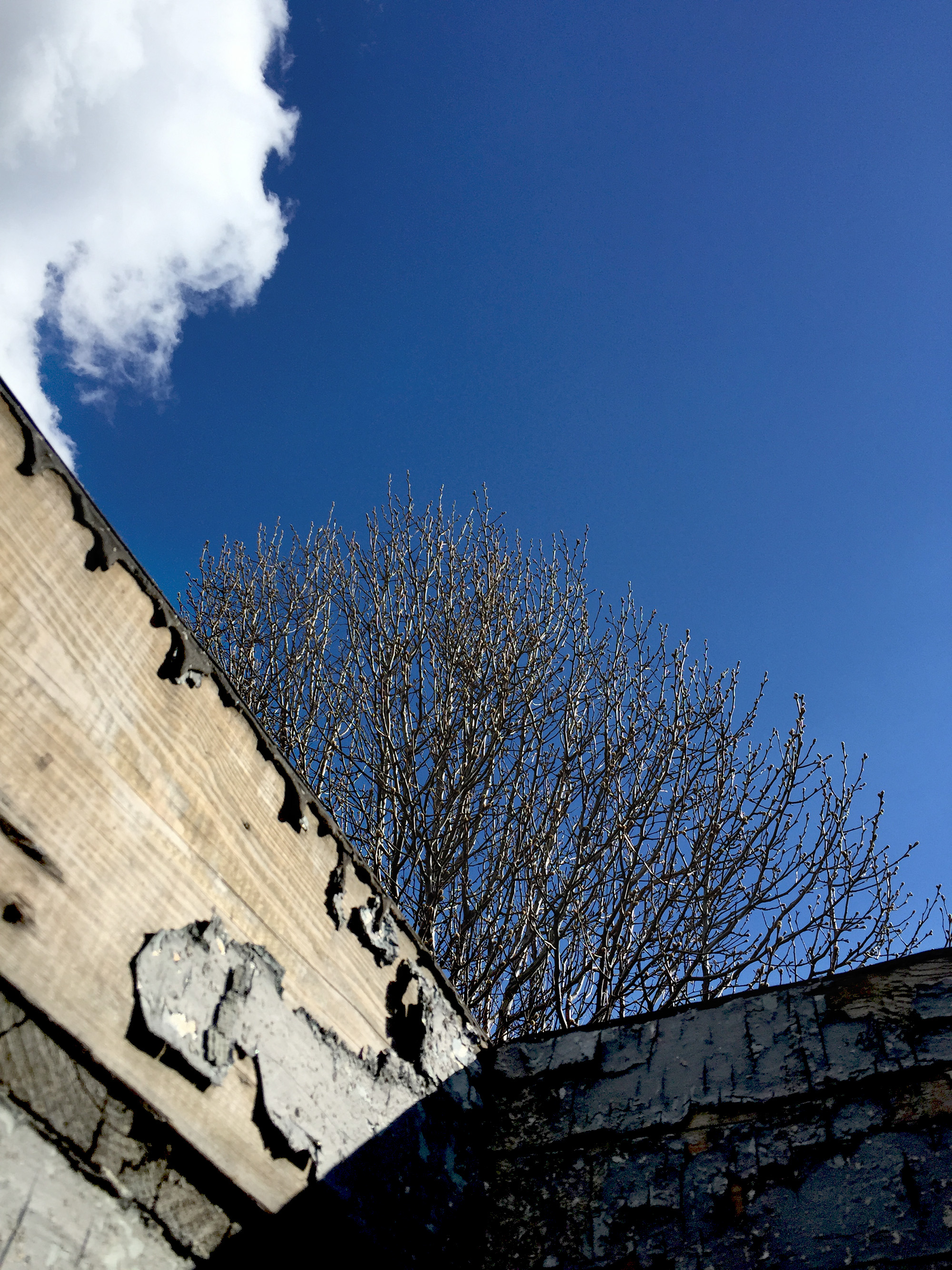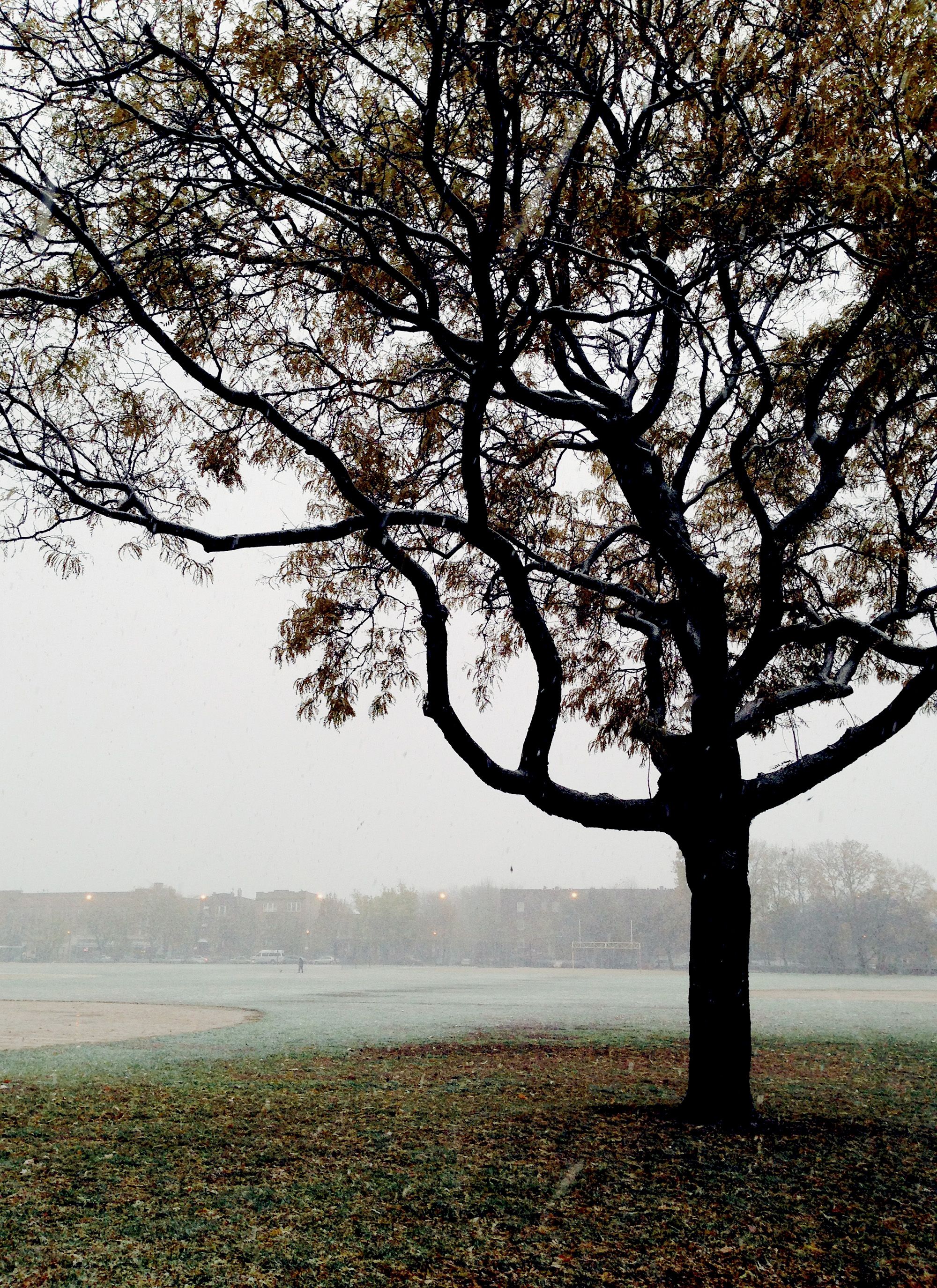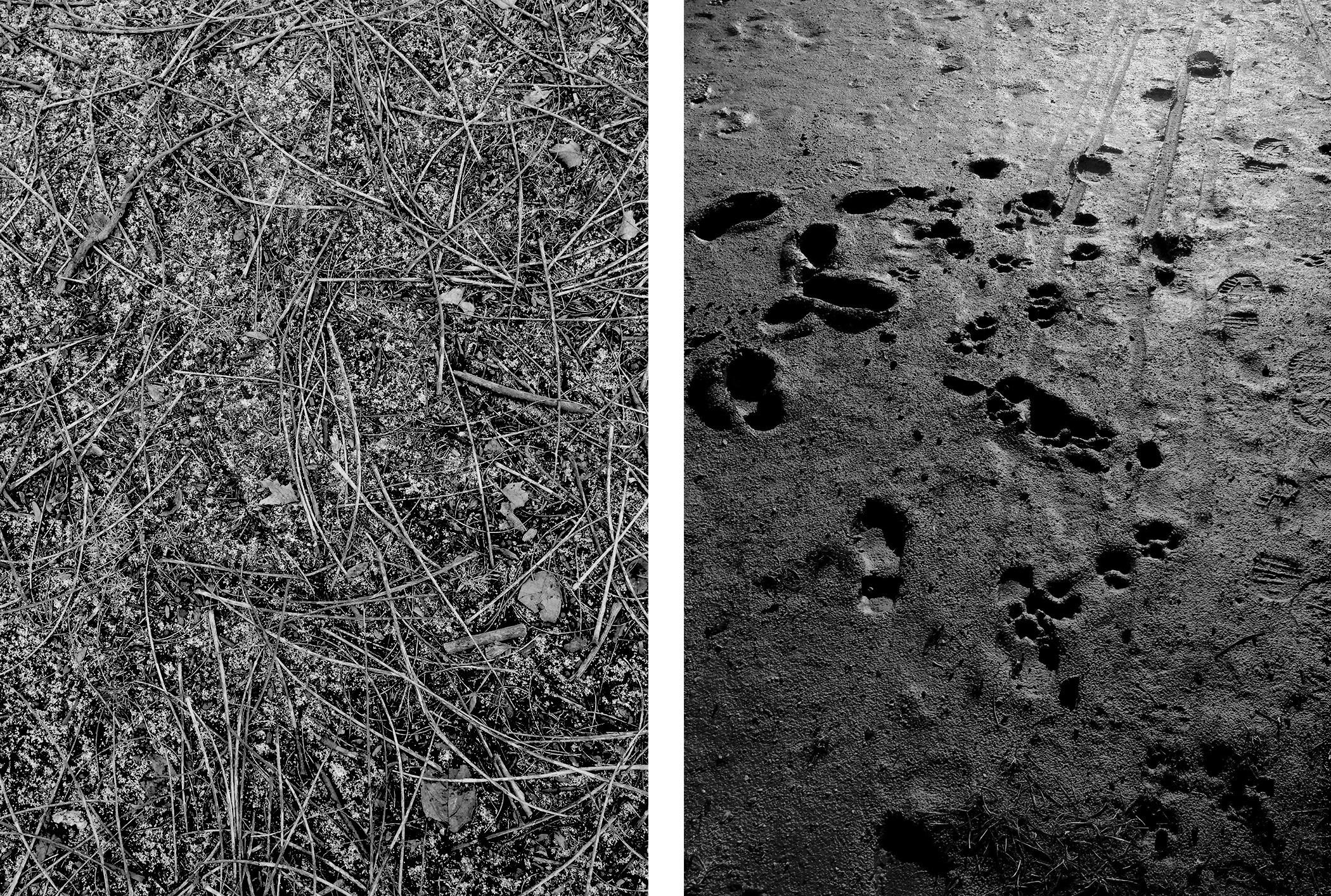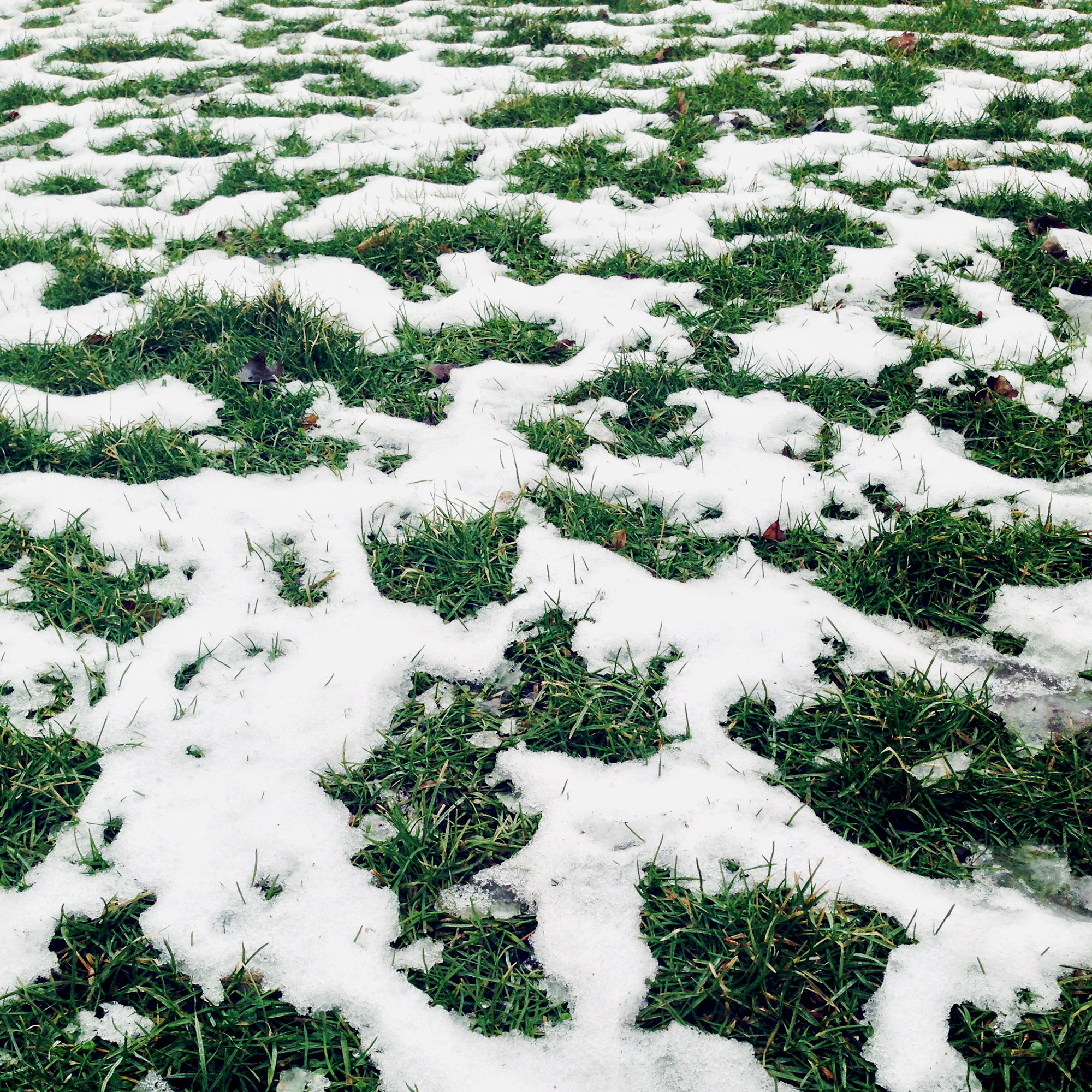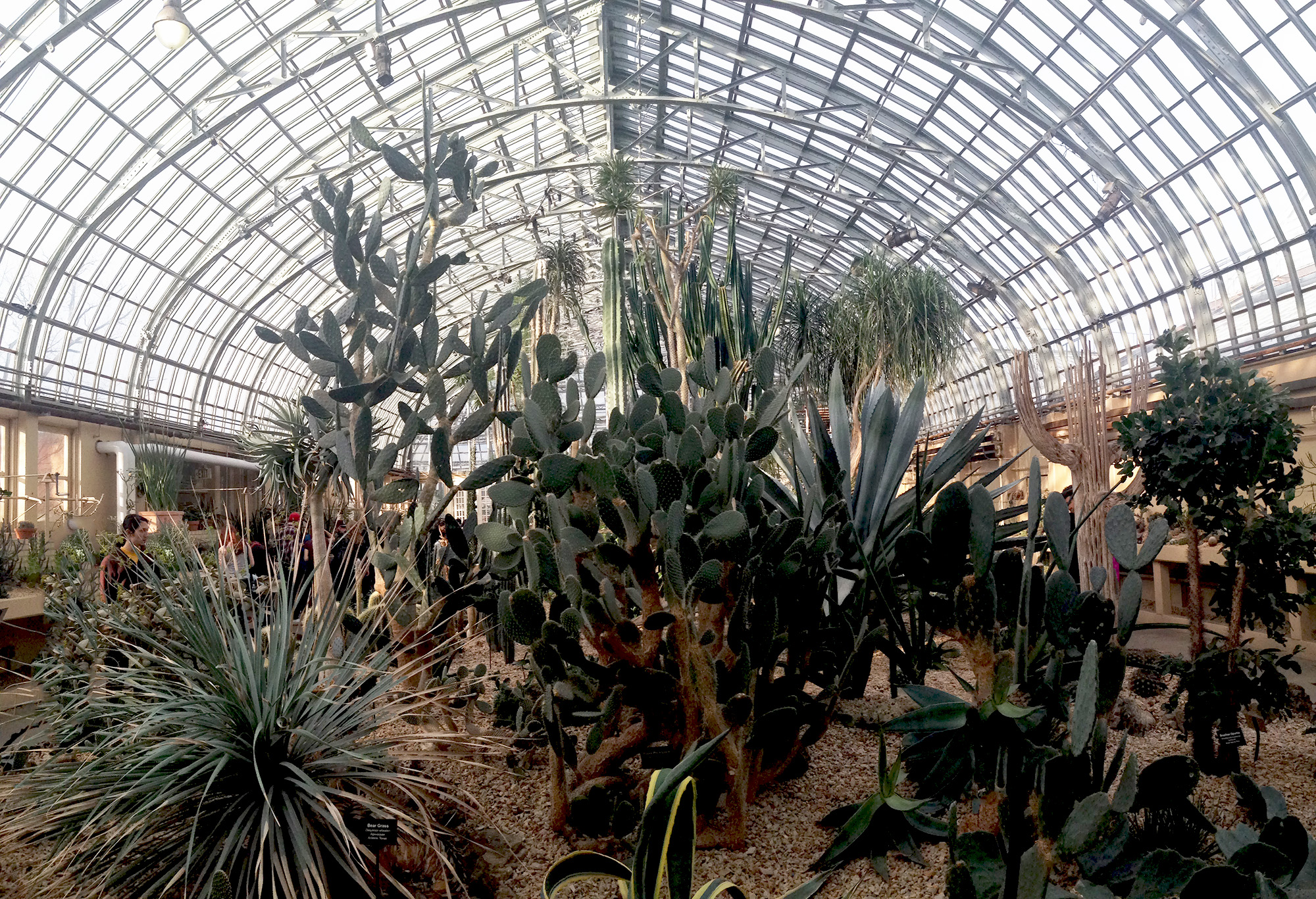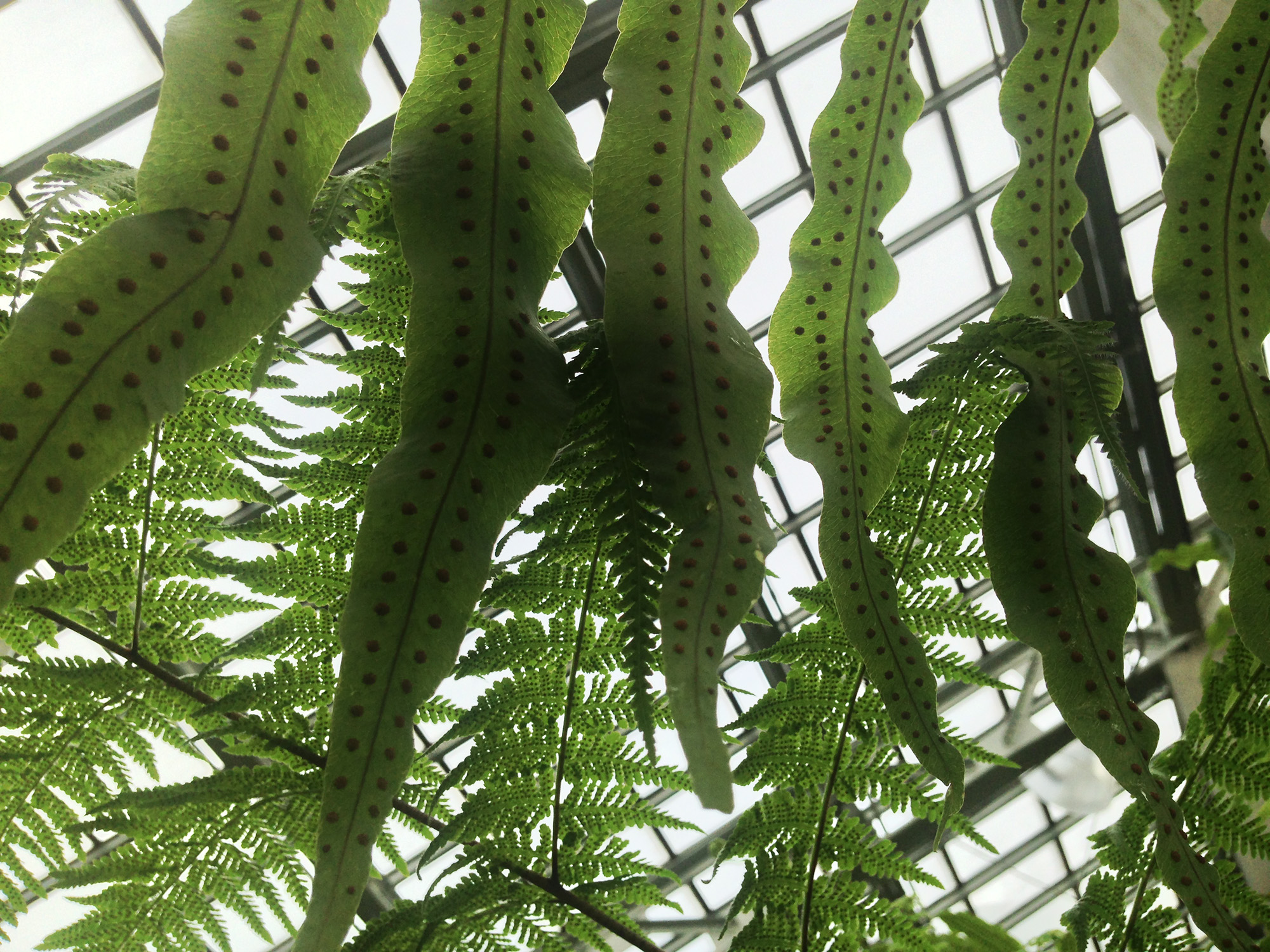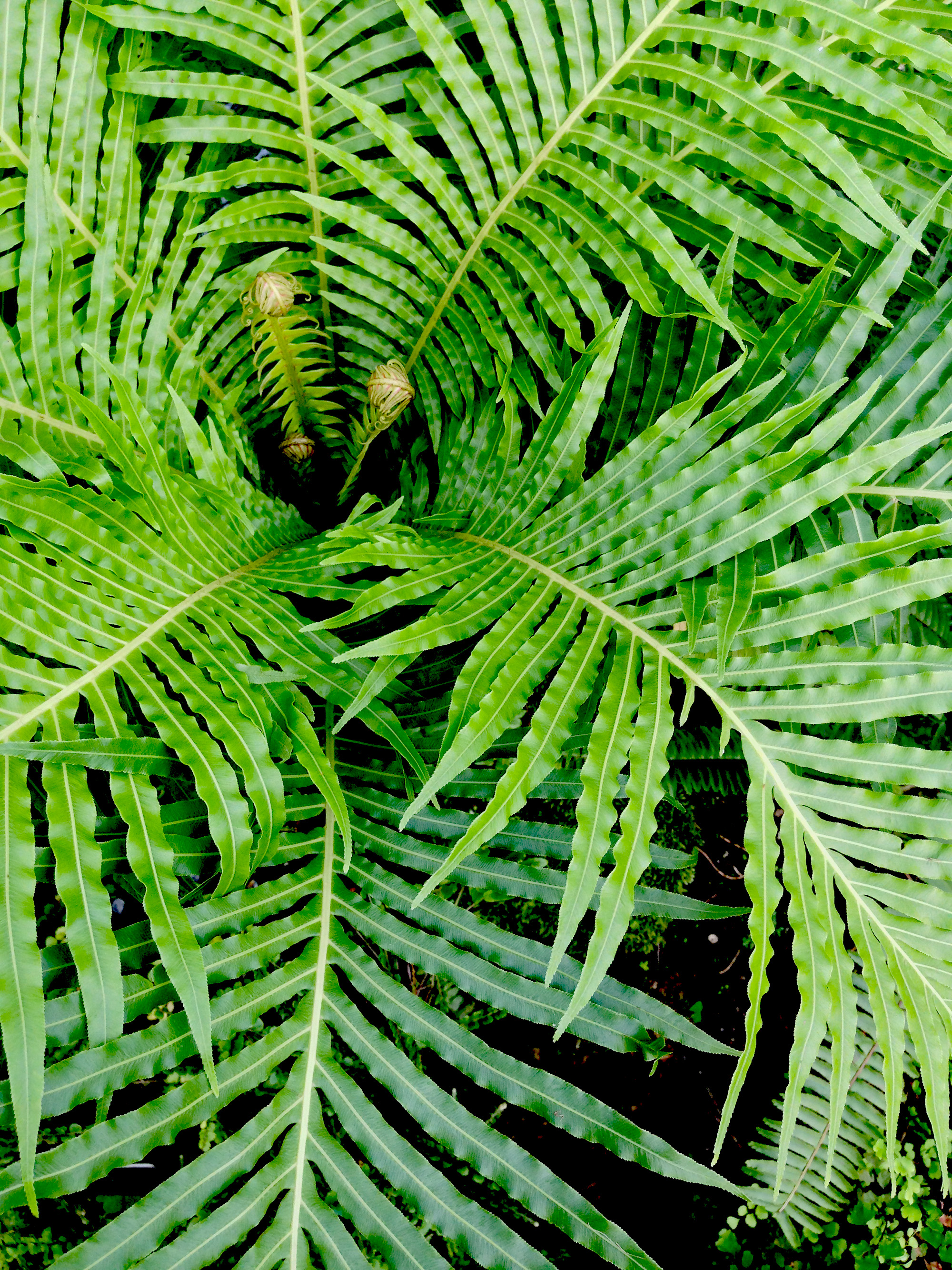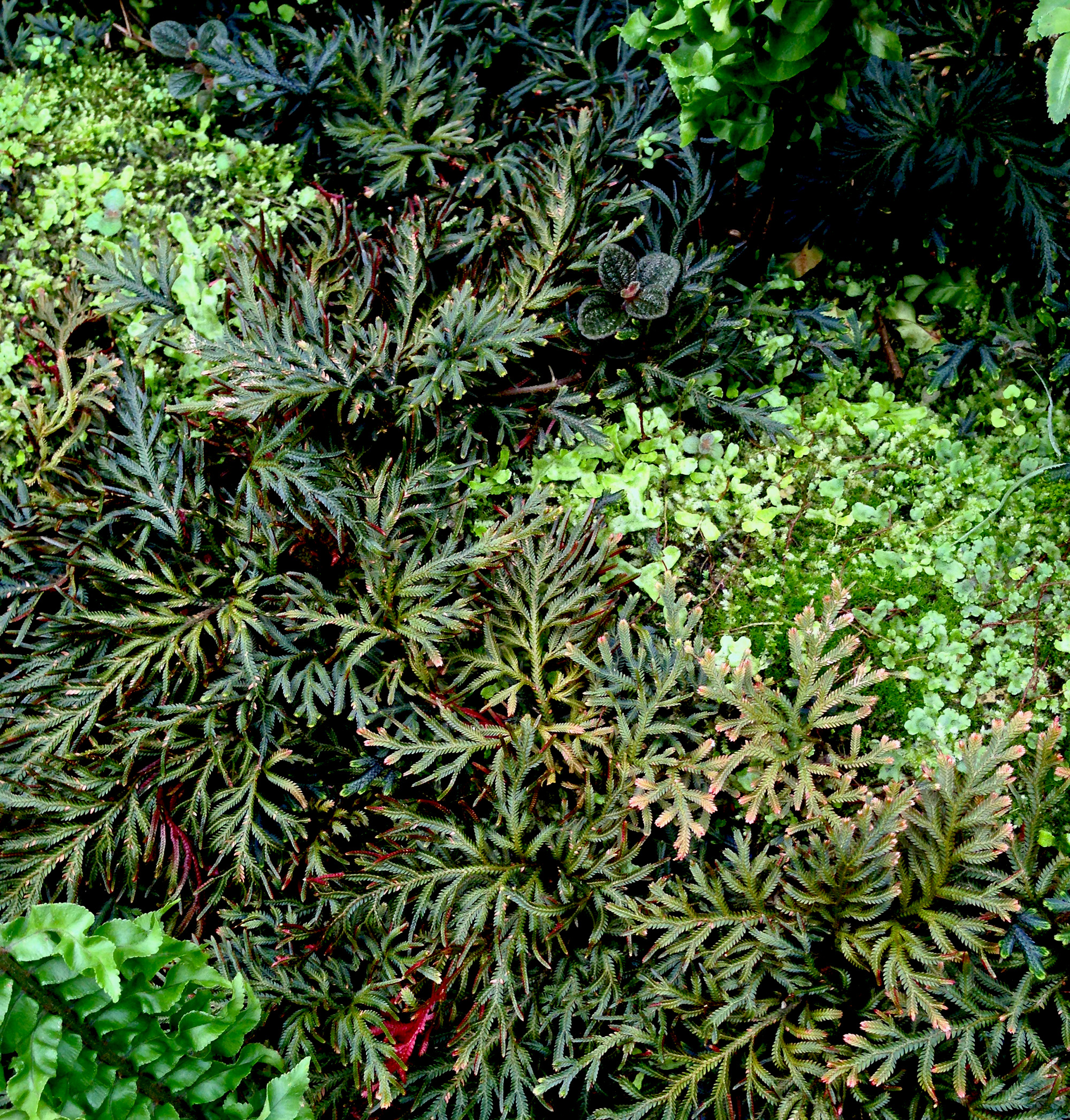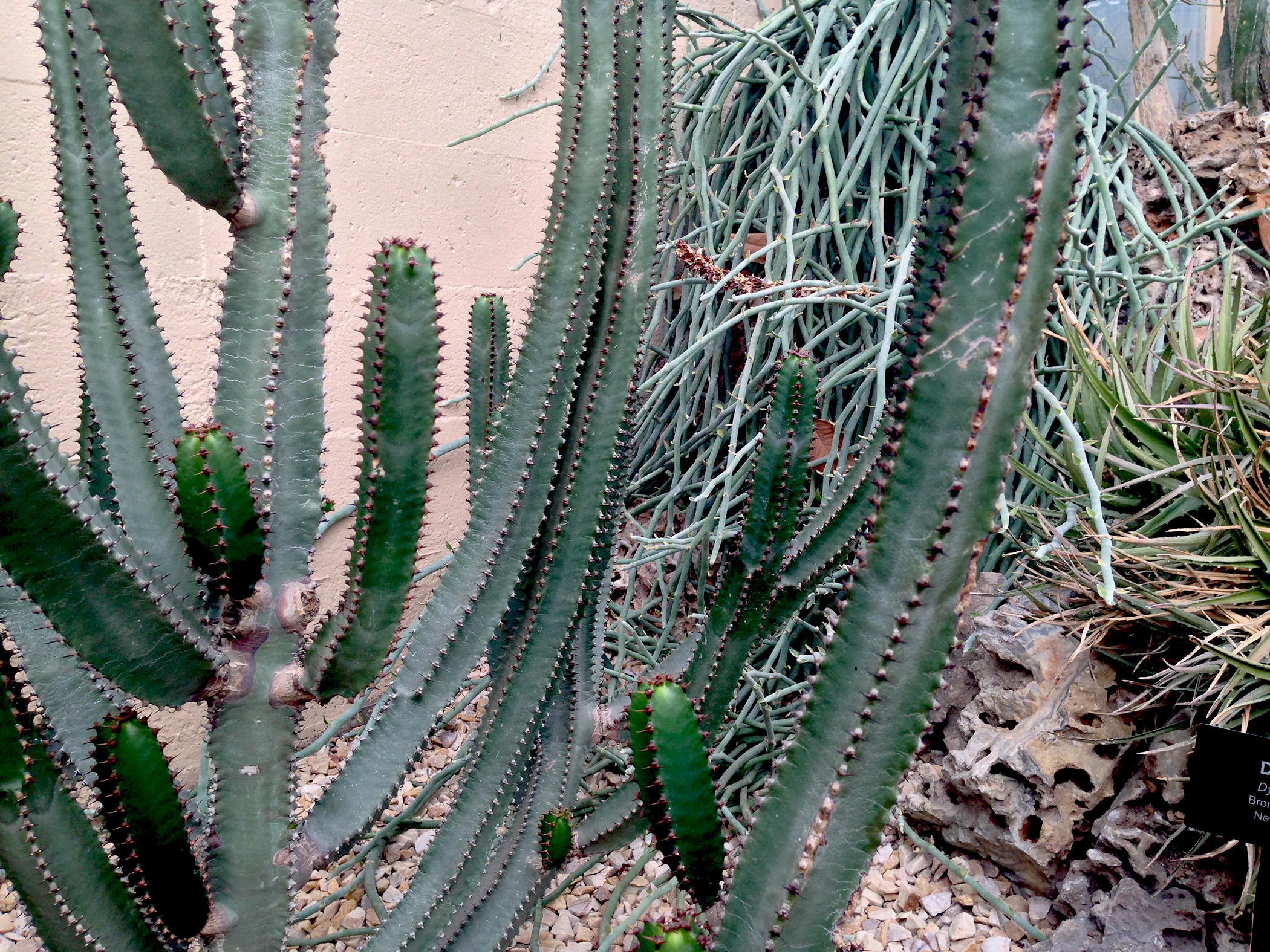Camping in the city
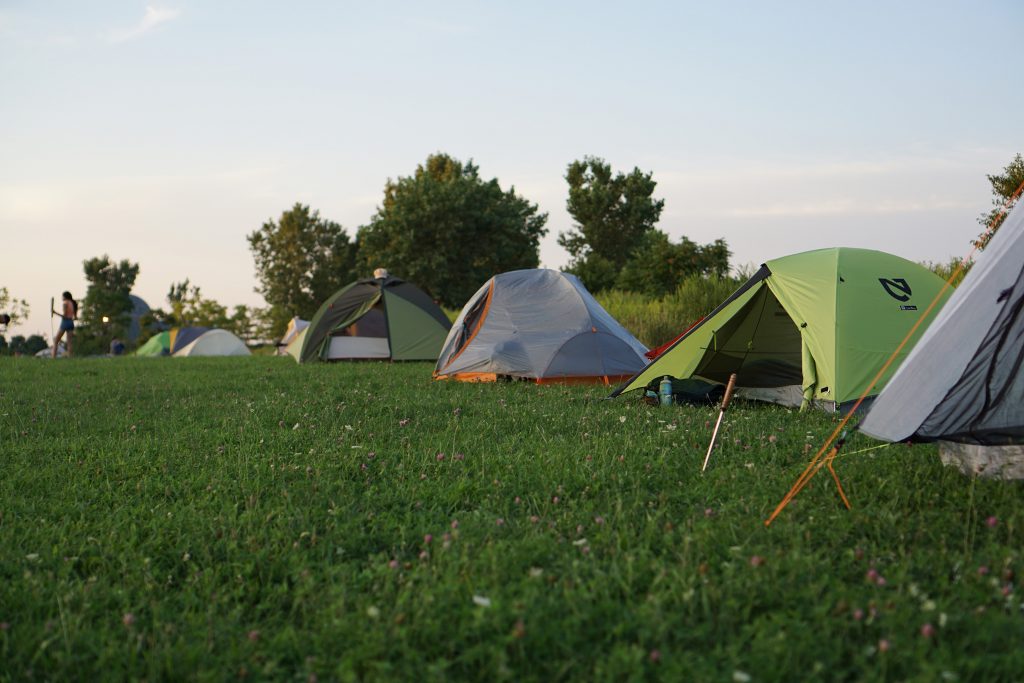
We stuffed our packs and rolled up sleeping pads borrowed from gearhead friends. We took a train to a bus and then walked ten minutes past crowded museum steps and beach front hot dog stands. We signed waivers and scoped out spots for our tents alongside a thick row of wiry green stems. We caught glimpses of choppy Lake Michigan through openings in the brush. The glowing gray buildings of downtown Chicago stood sentinel to the west, hugged and held by the hot afternoon sun.
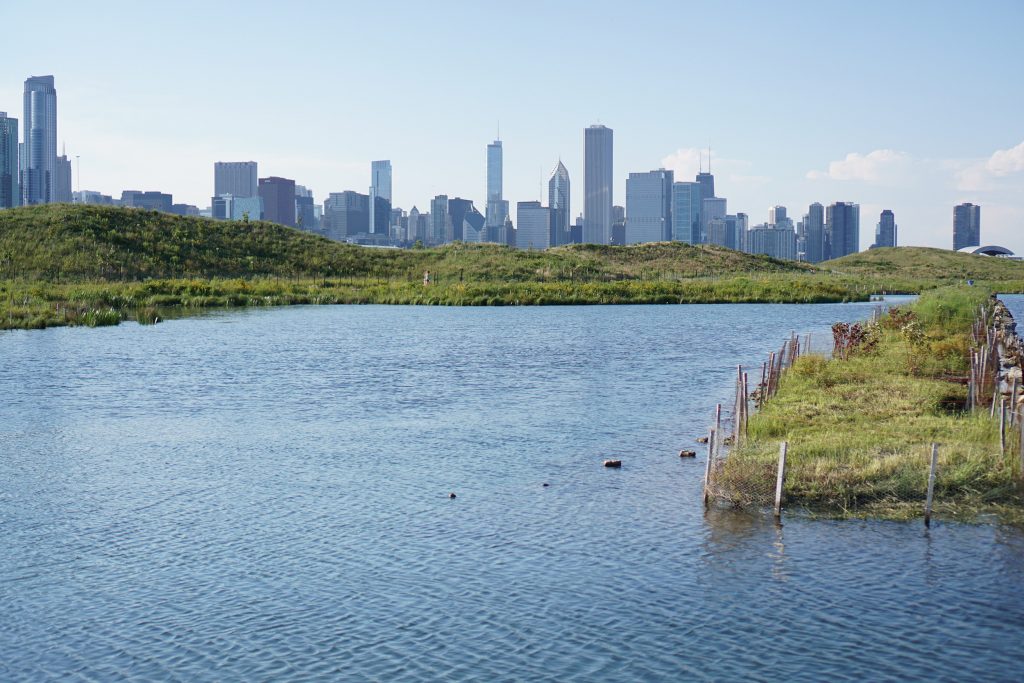
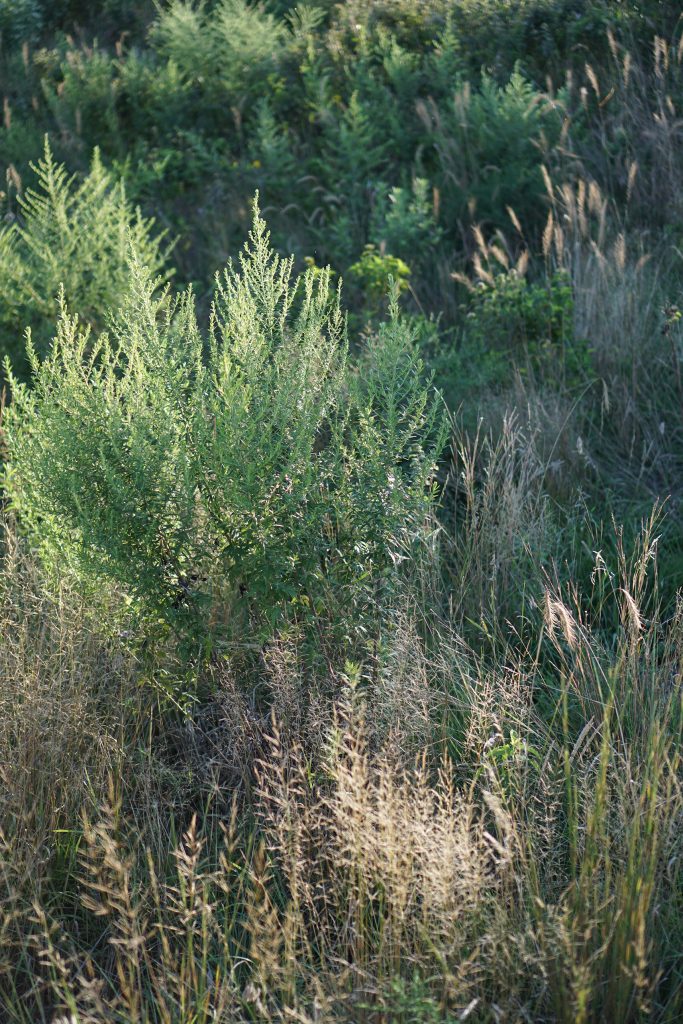

We kayaked in a shallow lagoon bordered by bog-loving plants, learning proper paddle technique and racing each other from end to end. The breeze off the lake and the droplets of water that inevitably found their way into our boats kept us cool. We hiked slowly back to camp where we drank beers and ate perfect, plump plátanos around a well-tended firepit. The sun dipped down behind the city and we watched the bright moon rise red over the lake. We shared jokes and ghost stories and turned our fingers sticky with melted marshmallow.
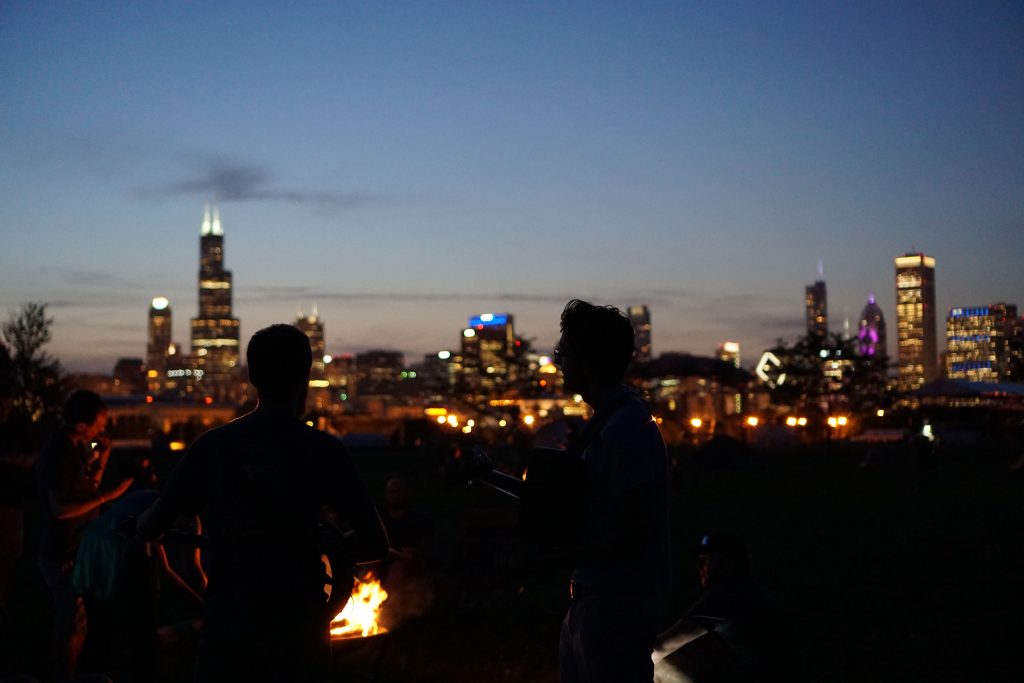
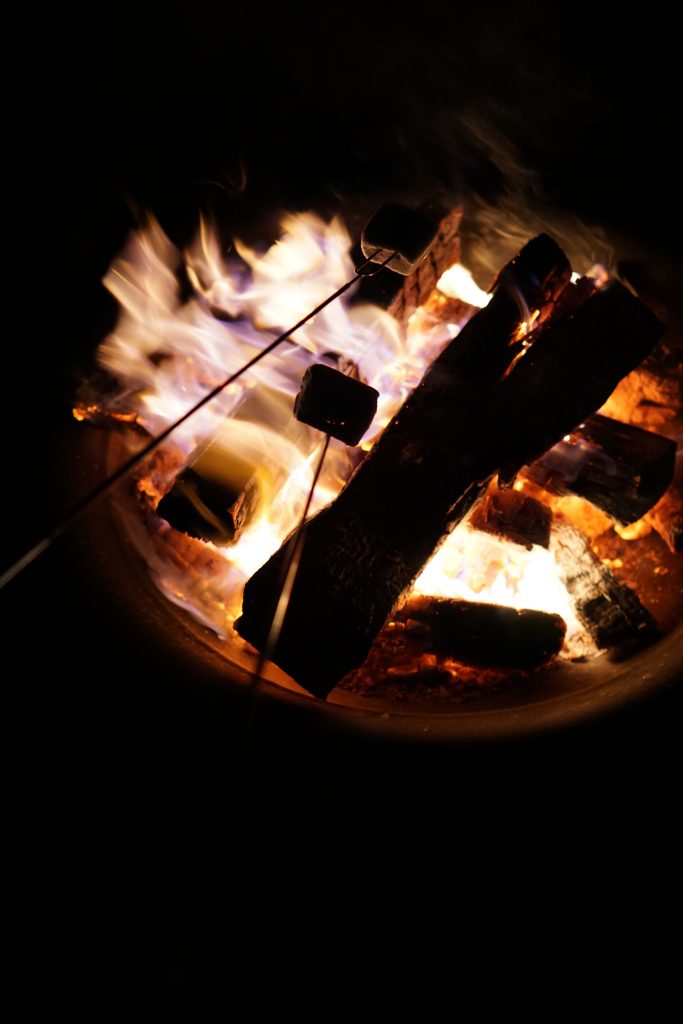
That night we heard the cars rush down Lake Shore Drive, and the wind whip rhythmically at our tent walls, and the crickets chirp out loud, to each other, to themselves. We heard the distant hiss of a neighbor’s tent zipper, and the ringing of an ambulance floating deep through downtown.
The morning brought squishy walks through dewy lawns, a climb along the rocky lakefront, and a race to catch the quickly changing light of the sunrise. The sky and clouds churned an infinite number of colors, and we watched the waves creep over the hard concrete dock. People in pairs sat below the planetarium, clicking photos of the neon pink sun, or just watching the day open up.
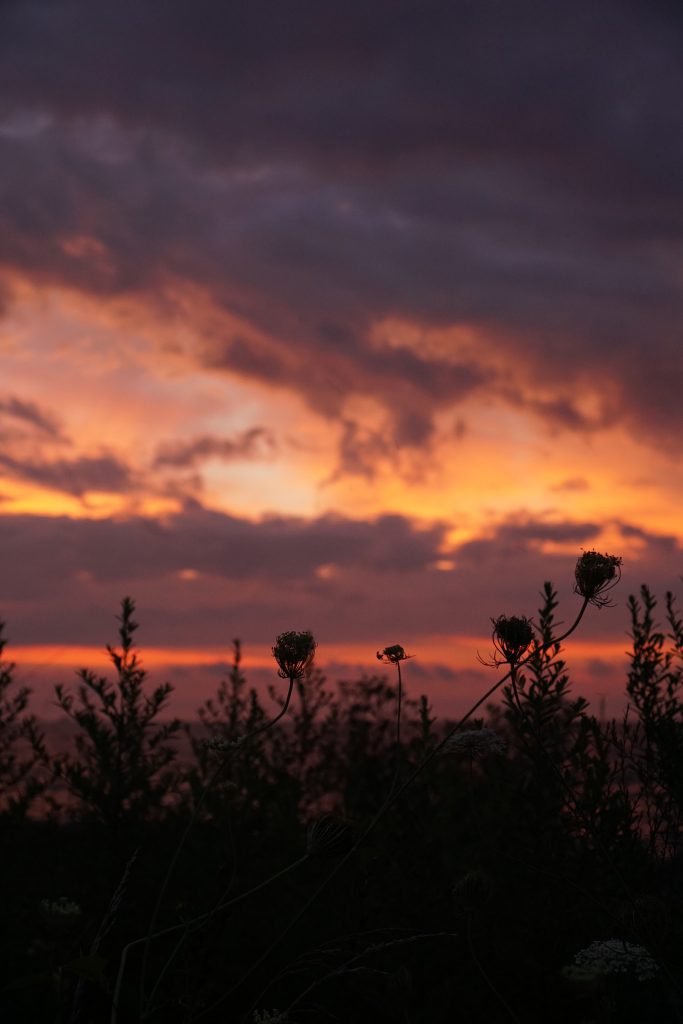
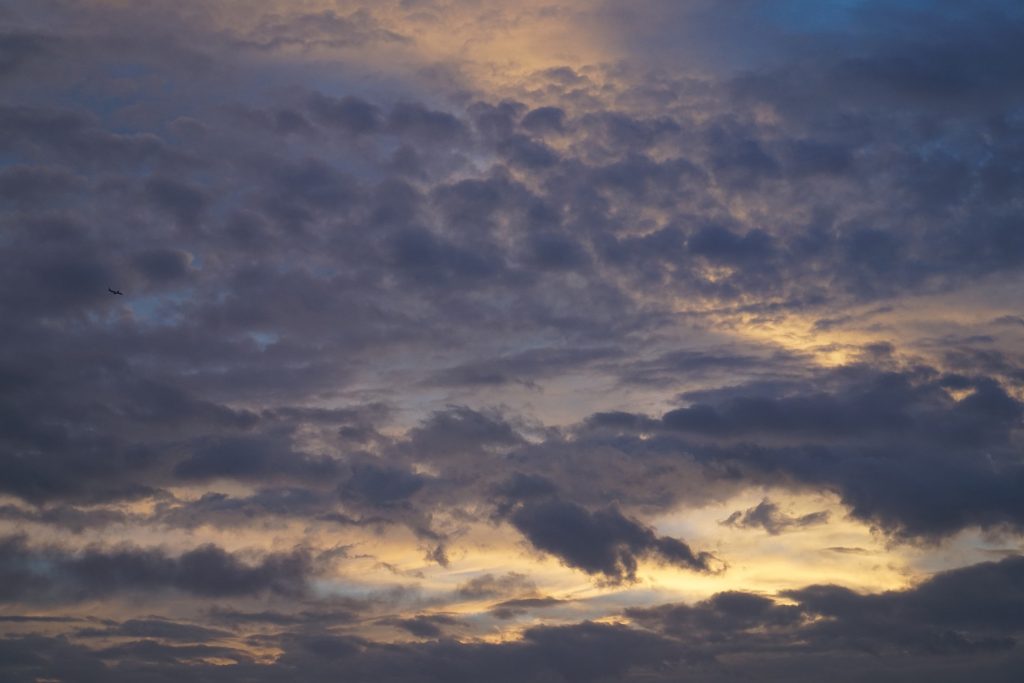
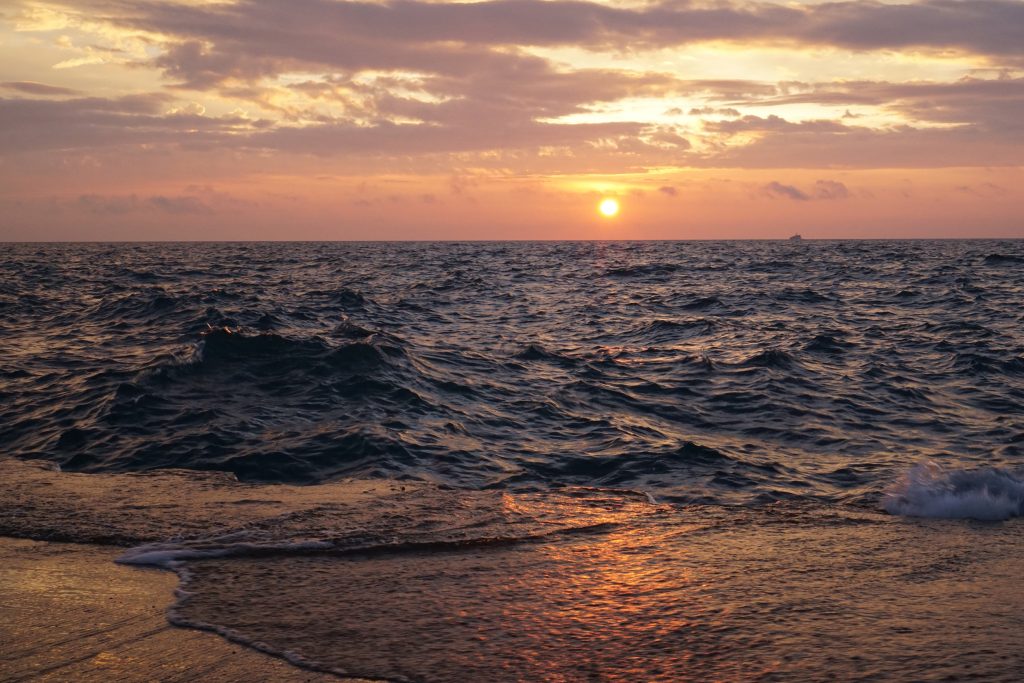
As the sun rose higher in the sky, the cloud cover thickened and the threat of storms rolled in. We broke down camp, warmed our bagels over the bonfire, and made our way back to the bus. Sitting on the elevated subway, clutching our transit cards and cellphones, still clipped into our giant packs with sand between our toes, the distance between nature and the city quietly collapsed.
I thought back to our hikes to the lagoon, to floating through marsh plants in a bright red kayak, to spotting glowing planets in the hazy pink sky. I thought back to the crackle of the early morning fire, and the sound of hot coffee being poured into a stainless steel thermos, and the patterns of clouds passing over a warming sun.
I remembered the early morning conversation we had with one of the campout guides, about the places he’d lived and how each of them are entirely unique and can’t be replicated. About how Chicago is it’s own amazing thing, and so is Oregon, and so is Tennessee, and everywhere else. I thought about the times I’d wished Chicago could be different, more, something else, something better. And I felt something shift in my mind where a frustration had once been. I felt full and excited and grateful. And I looked forward to another night, some time in the future, spent out under the stars.
